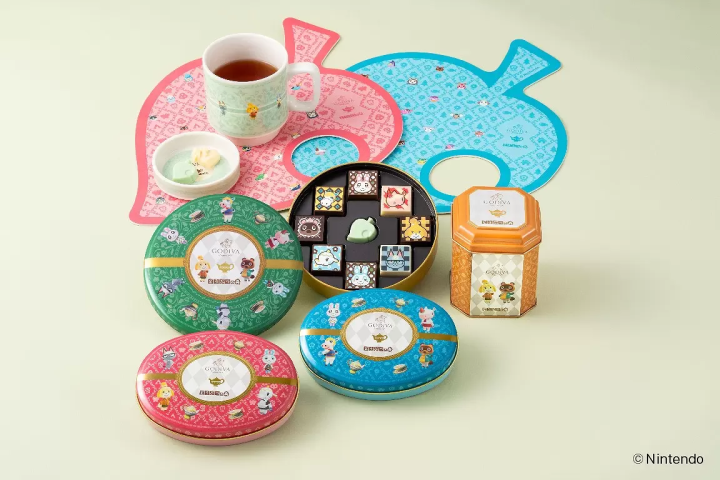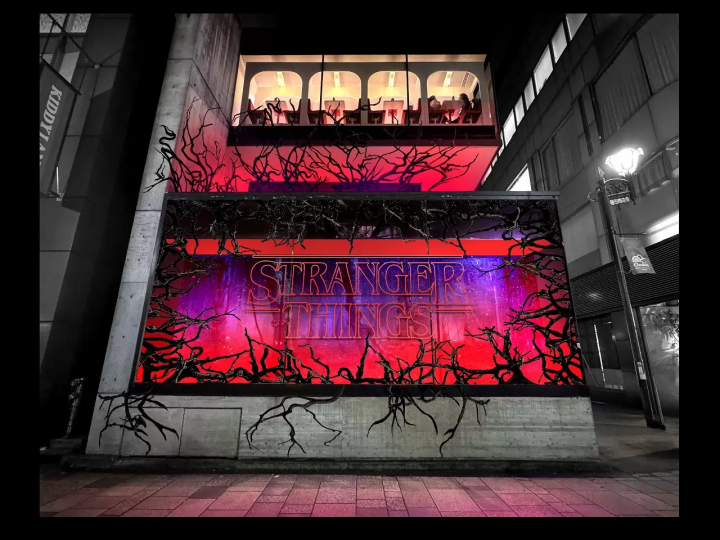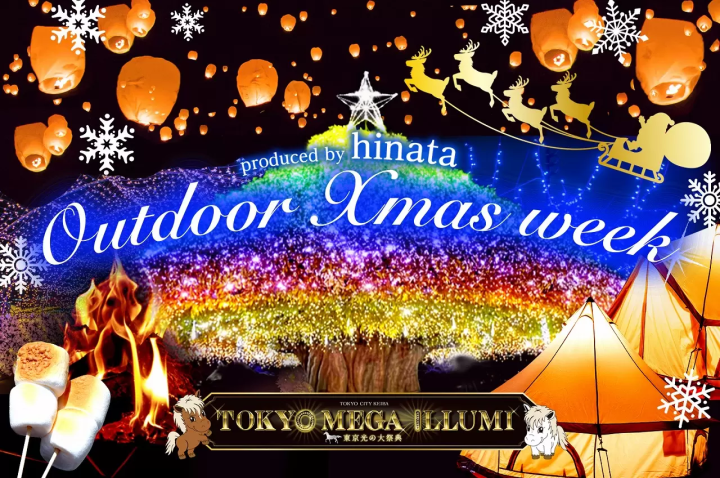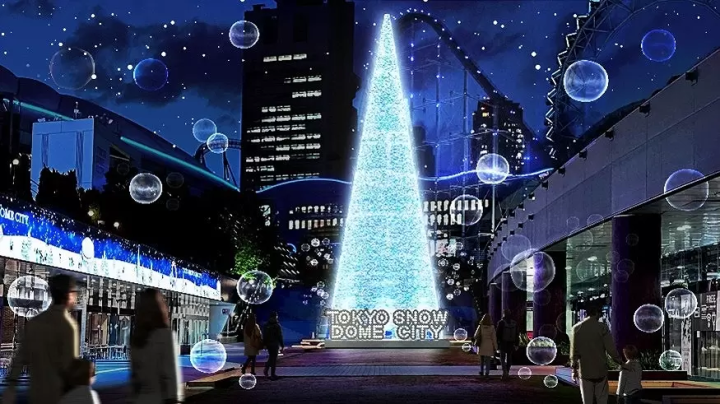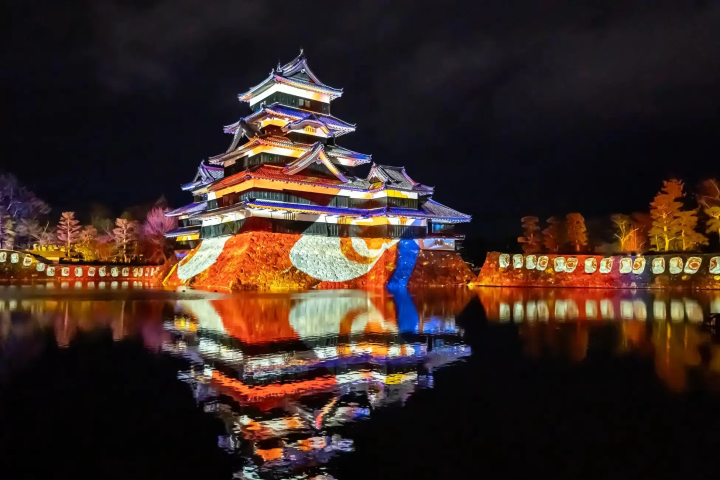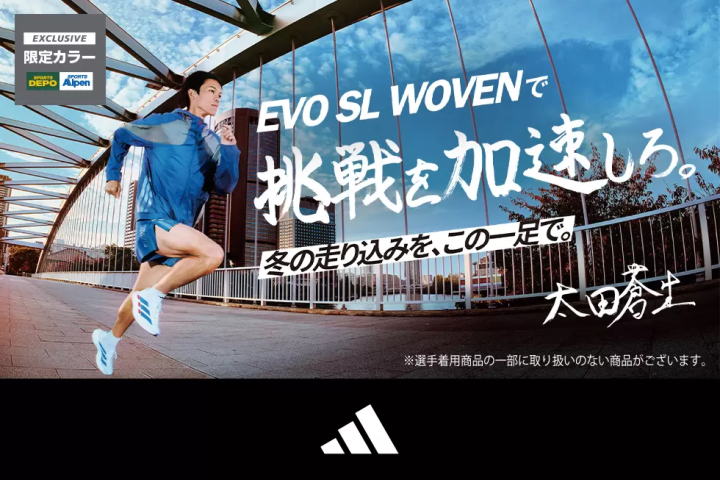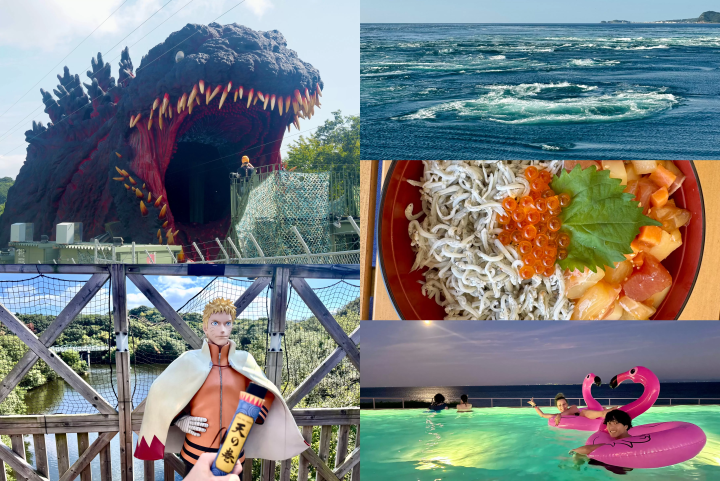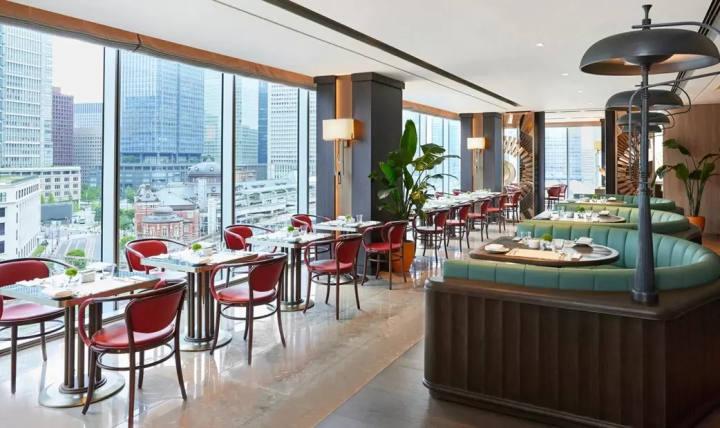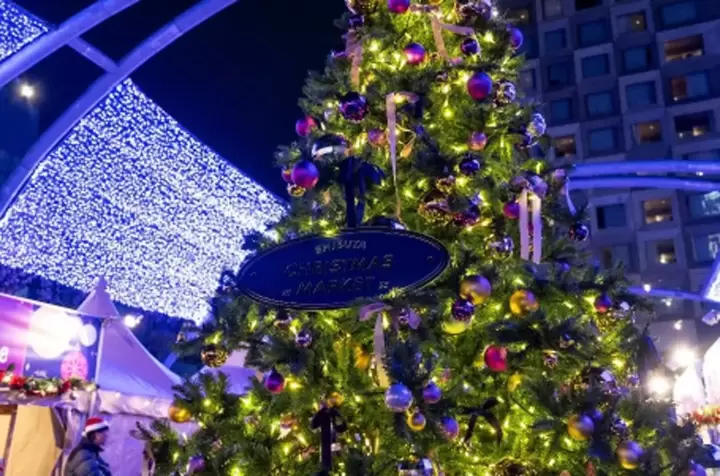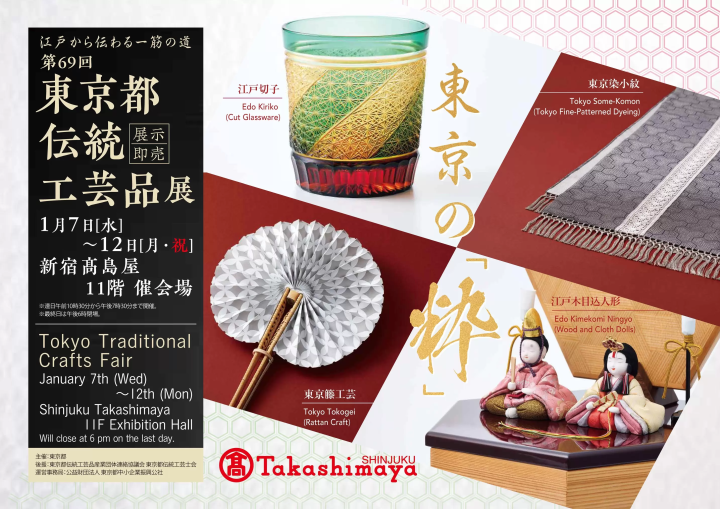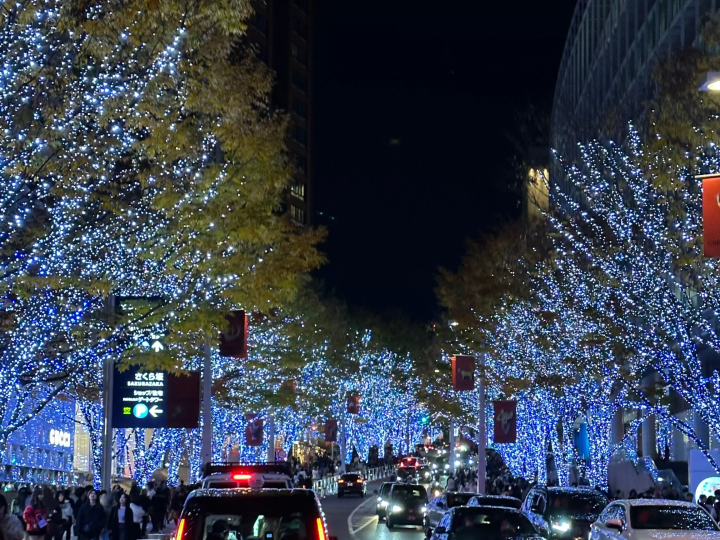Niigata: Experience Hands-On Cultural Workshops Across 4 Cities

Niigata Prefecture boasts many charming cities with distinct cultures that are worth visiting at leisure. We introduce Tsubamesanjo, a craftsperson's town, Yahiko, with its hot springs and enormous shrine, Ojiya, home to Nishikigoi fish, and the art town of Tokamachi.
Four Niigata Cities With Distinct Features
Niigata Prefecture is situated north of Tokyo. It is a narrow region running north to south along the Sea of Japan.
For most Japanese people, Niigata brings to mind images of rice and sake. In particular, the Uonuma region's koshihikari rice is renowned for its high quality. Of course, the sake that's made from this rice is superb.
Many visitors enjoy the famous Gala Yuzawa Snow Resort and Naeba Ski Resort. This time however, instead of ski hills, we dive in a little deeper and explore four Niigata cities and highlight all of their attractive features.
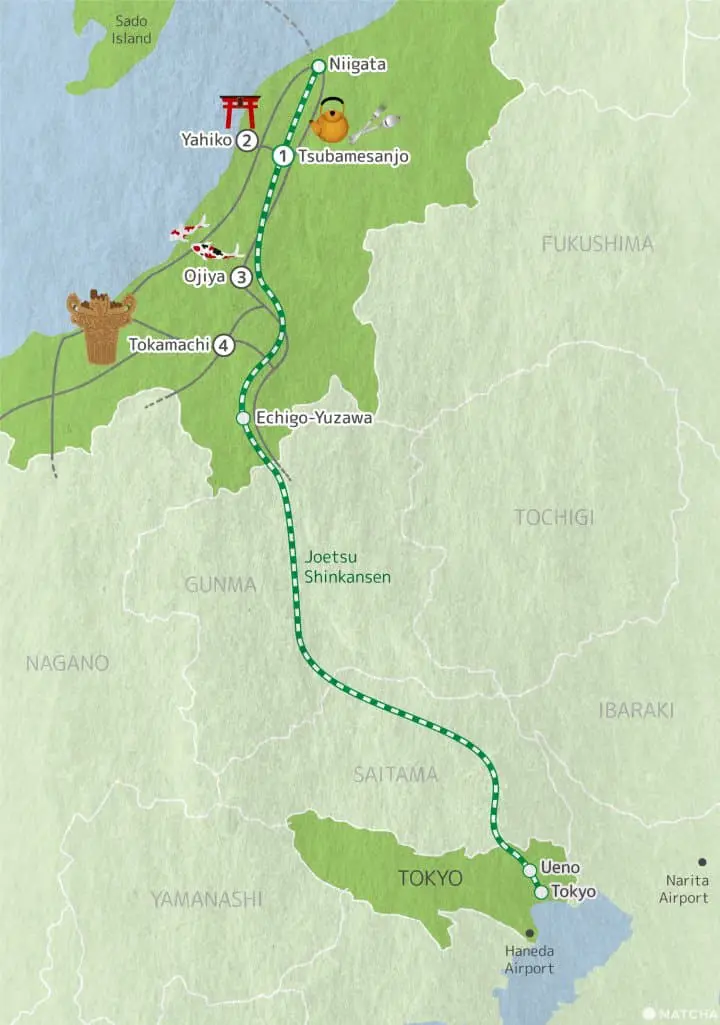
Our adventure begins in Tsubamesanjo, a town known for craftsmanship. Then it's on to the village of Yahiko, a place with hot springs and shrines, and parks featuring the beautiful scenery of each season.
Next, we head for Ojiya, famous for its nishikigoi carp fish, and finally on to Tokamachi, a city brimming with art beside Yuzawa.
The most comfortable way to get there from Tokyo is by the Joetsu Shinkansen departing from Tokyo's Ueno Station. International visitors can use the handy and economical JR EAST PASS (Nagano, Niigata area) and JAPAN RAIL PASS.
Index
- ■ Tsubamesanjo: A Craftspeople's Town
・ Tsubamesanjo Regional Products Center: Unique Products Galore!
・ Make Your Own Tumbler at Tsubame Industrial Materials Museum
・ Gyokusendo: Featuring Handcrafted Tsuiki Copperware and Factory Tours
■ Yahiko: A Town With Enjoyable Shrines, Parks, and Onsen!
・ Yahiko Park: See the Beautiful Scenery of Each Season
・Yahiko Shrine: Marvel at the Attractive Japanese-Style Buildings
・Yahiko-Yama Ropeway: Don't Miss an Amazing Panorama!
・Inn of Four Seasons-Minoya: Relax In the Ryokan's Hot Spring
■ Ojiya: The Birthplace of Colorful Nishikigoi Carp
・Nishikigoi no Sato: The Birthplace of Nishikigoi Carp Fish
■ Tokamachi: An Art Town
・Echigo-Tsumari Satoyama Museum of Contemporary Art, KINARE
・Hachi & Seizo Tashima Museum of Picture Book Art
・Matsudai Nobutai Center
・Kiyotsukyo Gorge Tunnel
・Art Exhibits Along the Way That Captured Our Interest
・Tokamachi City Museum: Let's Learn About Local History
・Kimono Emakikan: Kimono Traditions Passed Down Through the Generations
・Join a Sasa Dango-Making Workshop
・ Accommodation In Tokamachi
・Tokamachi Fureai no Yado-Koryukan
・Noka Minshuku Sanzen (Farm Stay)
| Tsubamesanjo: A Craftspeople's Town |
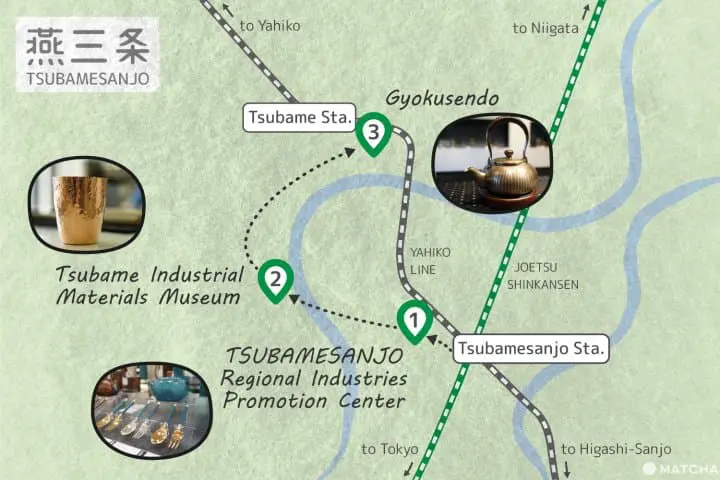
For our trip, we boarded the shinkansen train at Tokyo's Ueno Station. The one-way train fare to Tsubame-Sanjo Station is 8,700 yen and travel time is one hour and 40 minutes.
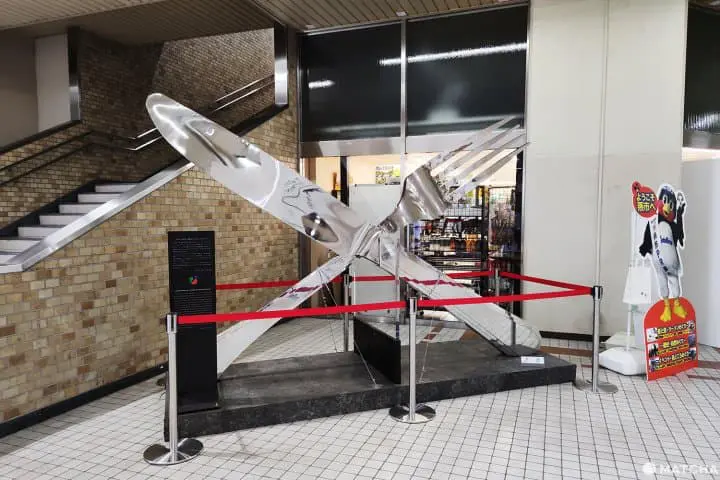
Upon disembarking from the train, we were greeted by a gigantic fork and knife! But they weren't put there simply to surprise visitors. Actually, more than 90% of the all western-style metal tableware (spoon, forks, etc.) found in Japan is produced in Tsubamesanjo.
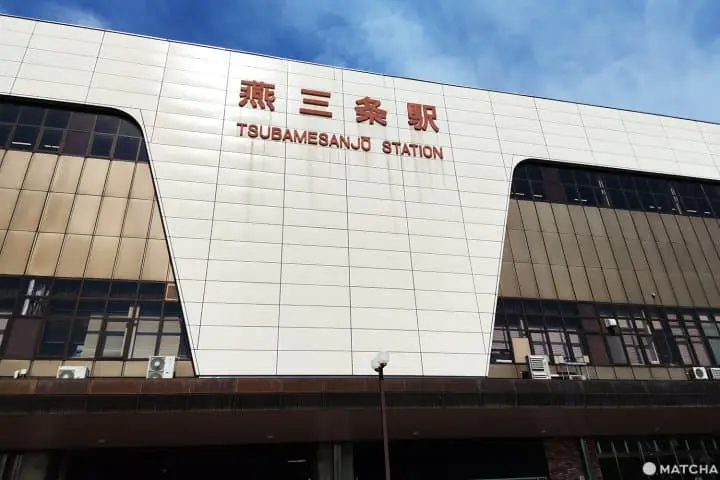
Tsubamesanjo is a generic term that refers to Tsubame City and Sanjo City. Both cities have various metalworking industries. The craft objects and western tableware produced in Tsubamesanjo City, and the kitchen utensils (knives, etc.) and tools made in Sanjo city are famous nationwide.
How did Tsubamesanjo's western-style tableware manufacturing industry acquire such a large share of the national market? Let's take a closer look at Tsubamesanjo's history and how it developed into a city of manufacturing and craftsmanship.
Tsubamesanjo Regional Products Center: Unique Products Galore!
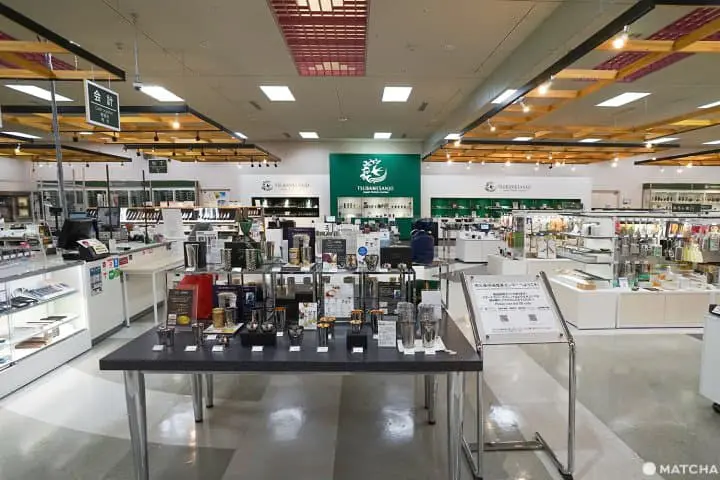
To discover different specialty products in Tsubamesanjo, we visited Roadside Station Tsubamesanjo Regional Products Center, just five minutes on foot from the station.
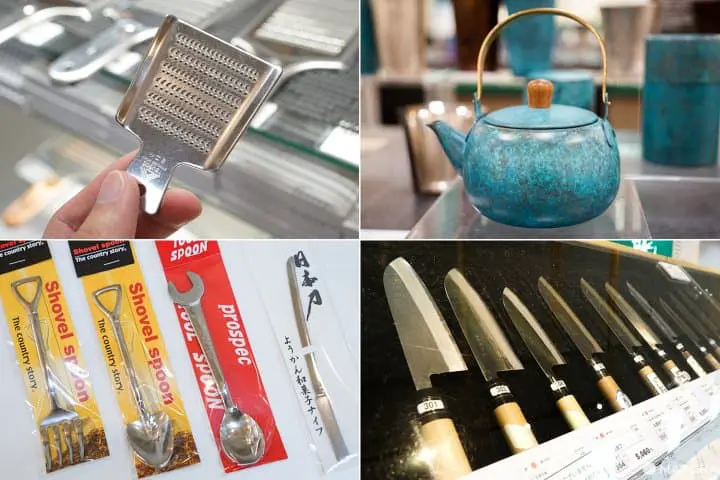
We found a huge assortment of kitchenware including graters, copper pots for cooking rice, stainless steel hotpots, knives, tea kettles, and cutlery among many items.
We also found farming implements and tools such as saws, garden shears, sickles (scythes), hoes, files, pliers, planes, and so on. These metal products showcase the dazzling craftsmanship that went into their making.
Even people who make planes for shaving blocks of dried fish (katsuobushi) make a special trip here to learn firsthand how to sharpen the blades from a Tsubame City craftsperson.
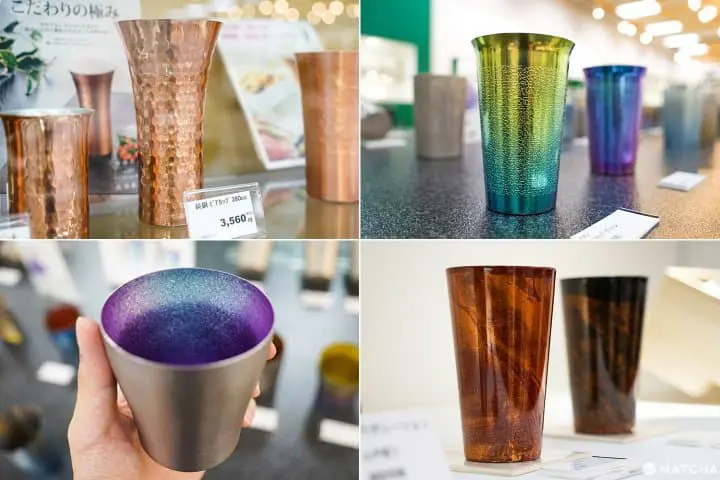
There are also many kinds of tumblers.
Metal cups easily retain cold temperatures, So, the instant your lips touch the cup, you can experience the refreshing coldness. The tumblers are made from a variety of materials, including copper, titanium (silver), stainless steel, and so on.
They even look good placed on the table!
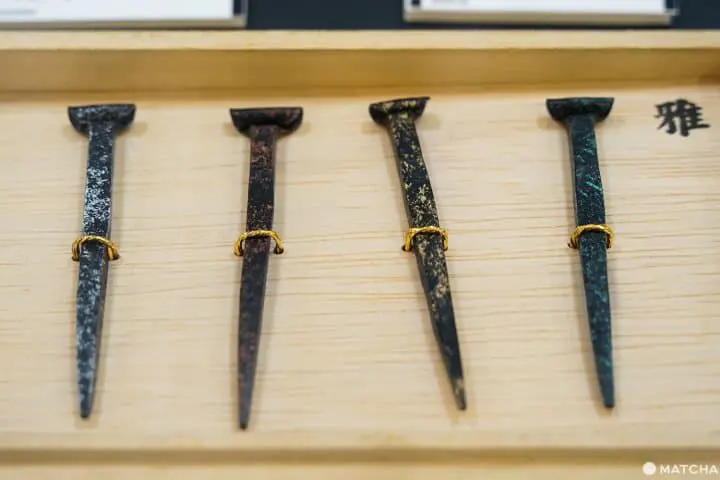
These chopstick holders are shaped like Japanese nails. But why Japanese nails? We encourage you to continue reading to discover the intriguing answer!
The Regional Products Center also has a branch location inside Tsubamesanjo Station. You'll find limited-edition products that are only sold here.
There are also tables with plug-ins for recharging your cell phone or using your computer, and free Wi-Fi as well. This is the ideal place to relax after shopping.
For more details see Enjoy Niigata: Official Travel Guide
Make Your Own Tumbler at Tsubame Industrial Materials Museum
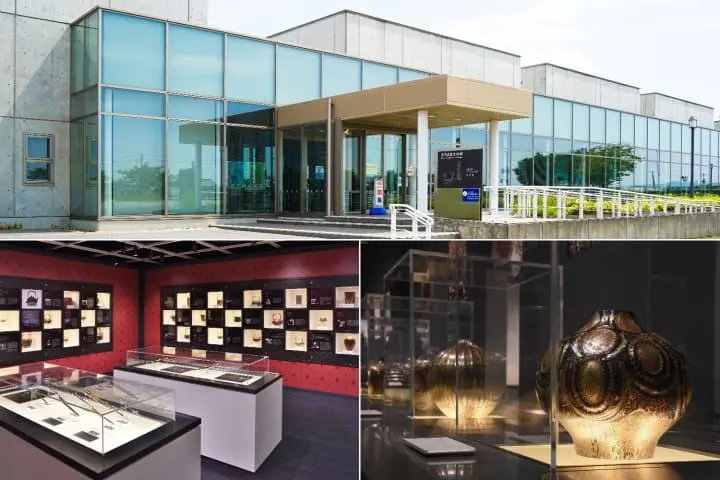
Next, let's go to the Tsubame Industrial Materials Museum and learn the history of the flourishing metalworks industry. It's located just ten minutes by taxi from Tsubame-sanjo Station.
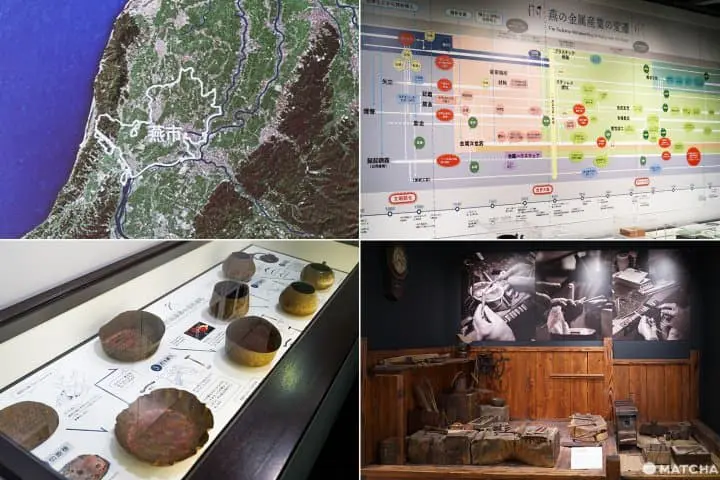
The museum is comprised of several buildings, and inside each are many exhibits.
First, let's have a look at an exhibit in the main building called "Tsubame's Metalworking Industry: History and Technologies." A video with commentary tells the story of how Tsubame City flourished due to its metalworking industry.
This industry got its start about 400 years ago during the early part of the Edo Period (1603-1868). Every year, Tsubame city suffered damages from flooding, and even rice fields were washed away. No rice harvest meant no income for farmers.
So as a substitute for rice farming, the locals summoned craftspeople from Edo (present-day Tokyo) and asked to be taught how to make Japanese nails. From that point on, copperware and files (used by craftspeople), and tobacco pipes were made. The industry began to develop and flourish.
That is why the Japanese nail-shaped chopstick holders are on display in the Tsubamesanjo Regional Products Center.
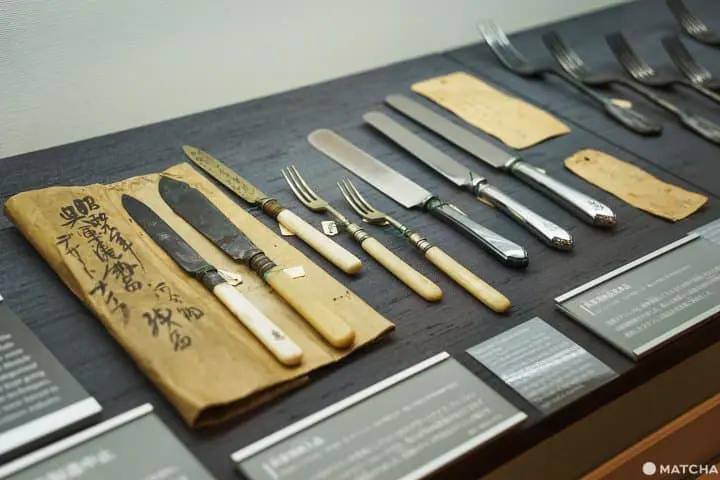
In Japan's Western Cutlery Exhibition Hall, there is a display of knives and forks with ivory designs (made in 1934). Even the knife blades have elaborate embossing.
To learn why the production of western-style metal tableware prospered, we need to look further to the Taisho Period (1912-1926).
During this period, many elements of western culture came into Japan on a massive scale. However, the technology for producing spoons, forks, and other western tableware wasn't available, so Japan was forced to import these items overseas.
Meanwhile, someone asked a craftsperson to make a few western-style metal tableware. After much trial and error, the craftsperson succeeded in making a product that equaled its foreign counterpart.

A plastic model depicting a scene outside Tsubame Station in the olden days. Workers can be seen rushing to their metalworking factory jobs.
Up until then, these products were handmade individually. But as demand increased, this process was replaced by machines for mass production purposes.
People at the time believed that high-quality products had to be flawless and identical in shape and appearance. That attitude is different from today, which places value and importance on handmade goods. What's in style truly changes with the times.
Try Your Hand at Making Patterns With Hammering!
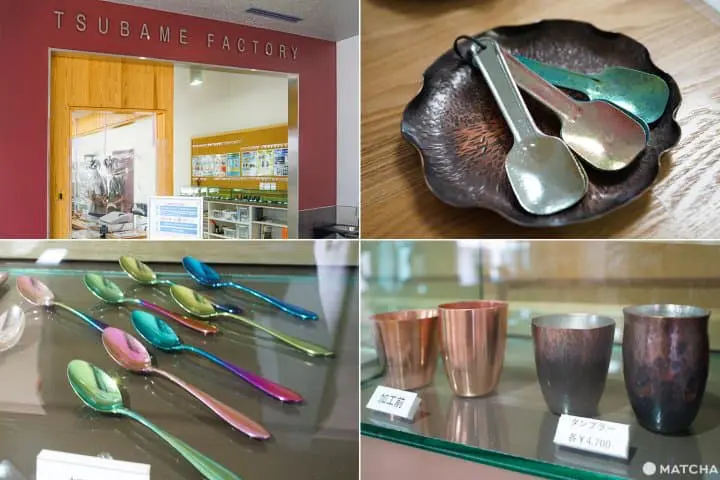
Now, let's get a close-up look at metalworking in the Workshop Room.
There are many hands-on workshops available, including Coloring Titanium Spoons With Oxidation, Tsuchime Hammering On Copper Cups, and Make Your Own Sake Cup Out of Tin.
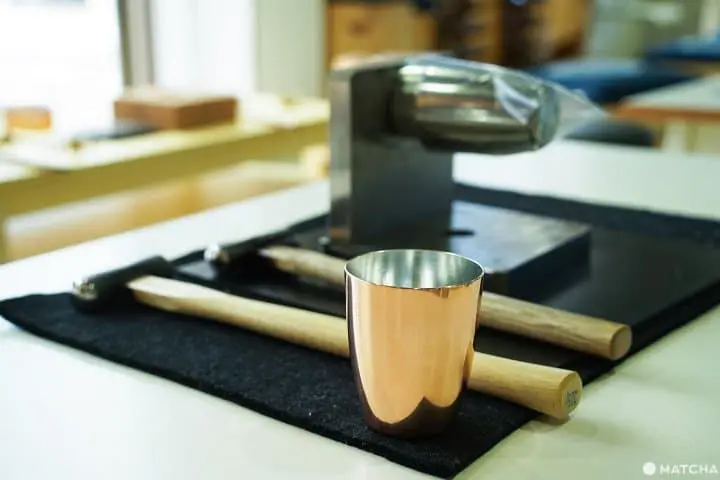
We chose the workshop where participants create hammered patterns (tsuchime) on a copper beer cup.
The workshop fee is 2,200 yen and the required time is about 30 minutes. You can take your finished tumbler home with you. For international guests, there's an explanation in English, so the process won't be difficult at all.
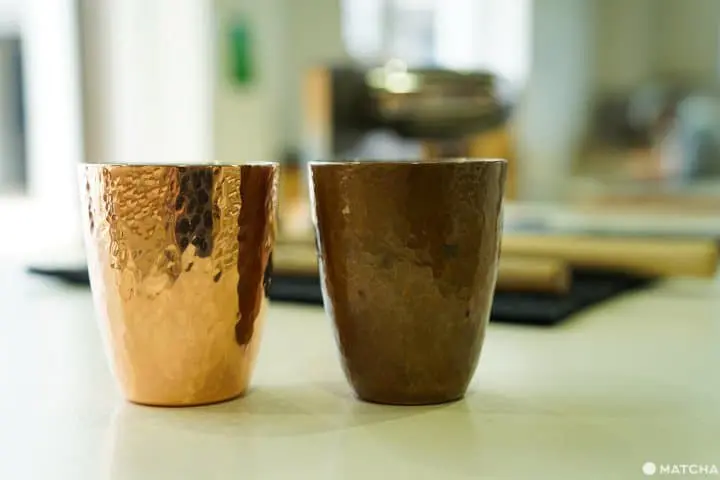
We've finished! Workshop participants can choose how they want their cup to look. You can hammer and create dimples and other indentations over the entire cup, or simply pound the middle part of the cup and leave the rest in its original smooth condition.
The hammering process required more strength than I expected! I may get sore muscles from doing this.
The copper color gradually starts changing. The tumbler on the right in the photo is from a year later. It has a classic charm to it. We were told that the tumbler is ideal for drinking beer. A staff member explained that the tumbler's bumpy surface (from the tsuchime hammering) catches the beer's bubbles, resulting in creamy foam.
If you choose the "Make Your Own Sake Cup Out of Tin" workshop, 40 minutes is required from start to finish. However, the "Coloring Titanium Spoons With Oxidation" workshop only takes five minutes.
We recommend joining one of these workshops when you're not rushed during your travels.
Hotels near Tsubame Industrial Materials Museum
For more details see Enjoy Niigata: Official Travel Guide
Gyokusendo: Featuring Handcrafted Tsuiki Copperware and Factory Tours
Tsubamesanjo has more than 2,000 metalworking workshops. Some are called "open factories," meaning they are open for public tours. On this trip, we visited Gyokusendo's copper hammering (tsuiki copperware) workshop.
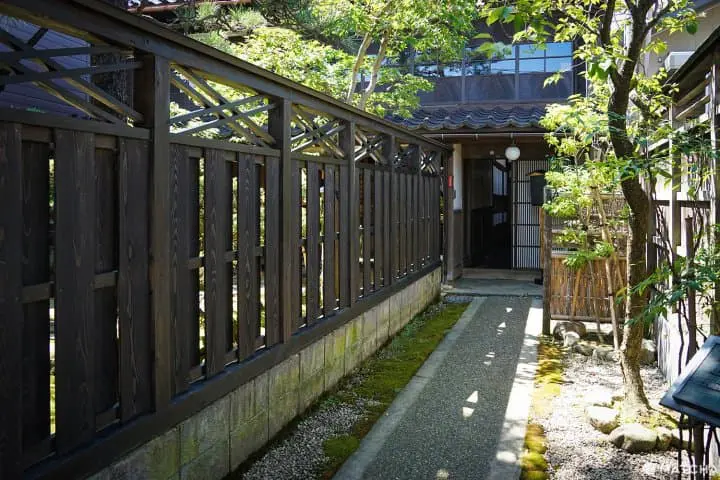
Tsuiki copperware is created by hammering and shaping copper sheets into containers or other objects.
Founded in 1816, Gyokusendo's techniques originated in Sendai. An artisan is said to have crossed the Japanese alps and settled in Tsubame, then taught the local people techniques for creating copper vessels.
Since their founding, Gyokusendo have focused their craft on daily necessities such as kettles, teaware, and other vesels.
Afterward, they added an element of beauty by applying patterns and decorations to their products. By combining various techniques, they eventually produced items resembling works of art.
Over 6,000 people visited Gyokusendo and joined a workshop tour in 2019. Tours are conducted by staff five times daily (10:00, 11:00, 13:00, 14:00, and 15:10).
For groups of five or more, please contact Gyokusendo ahead of time. For holidays and other details please see the Gyokusendo official homepage.
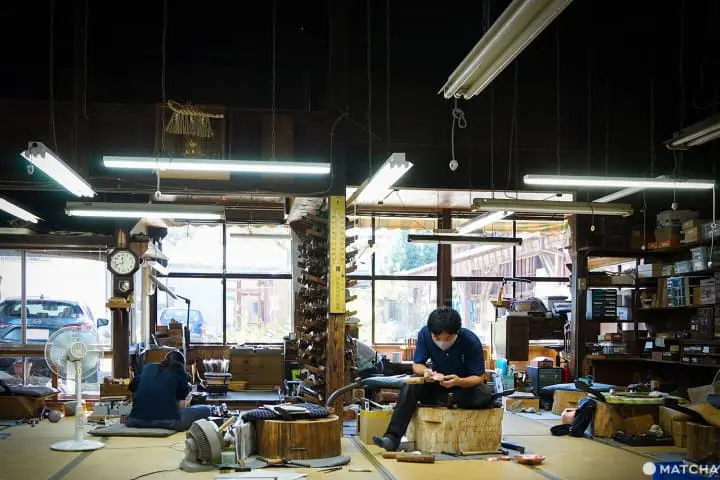
As staff lead you inside, you'll soon hear the rhythmical "kan-kan" sounds coming from the back of the room. These are the sounds of dedicated craftspeople hammering away on their copperware.
The number of artisans hammering copperware can vary greatly from day to day, but even with only 6 or 7 people at work you could easily hear the pounding noise reverberating through the space!
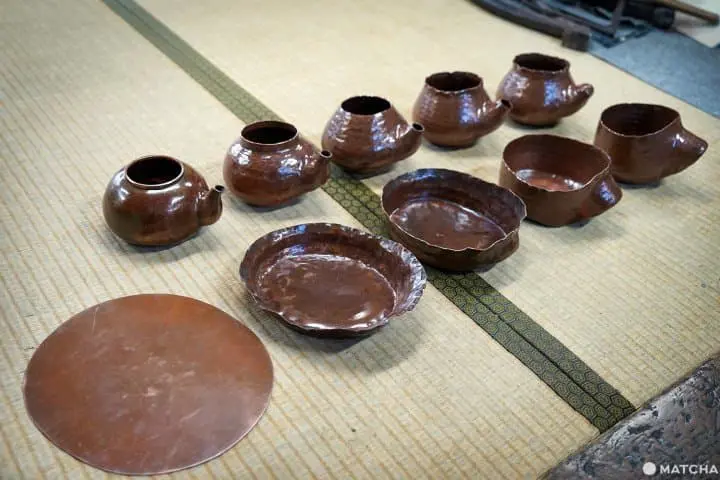
These kettles are made from a single piece of copper and gradually take shape as shown in the photo above.
A product that has become representative of Gyokusendo's craft is the teapot pictured above. The teapot's main body and spout are made from a single copper sheet without using seams or joints.
One characteristic of copper is that it tends to harden the more it is hammered. After hammering for an extended period of time, the copper is heated over a fire to soften it before resuming. This process of hammering and heating is repeated as many as 15 times before the final shape takes form.
However, as the copper sheet is hammered into shape, wrinkles form around the edges. If these wrinkles overlap, it’s possible for a crack to form, causing the peice to break or leak. Avoiding this on such a complicated shape takes many years of practice.

The iron bar in the picture above is called a toriguchi. Inside the factory, there are about 200 different kinds of toriguchi. They come in different shapes. Some have a rounded tip while others are long and narrow. These prized tools have been passed between craftsmen for generations
The craftsperson will choose a toriguchi that's best suited for whatever object they're making. Occasionally, an unused tool is modified to suit the needs of a particular pice!
When working on a copperware piece, the container is placed over the tip of the toriguchi and then the craftsperson will hammer away little by little.
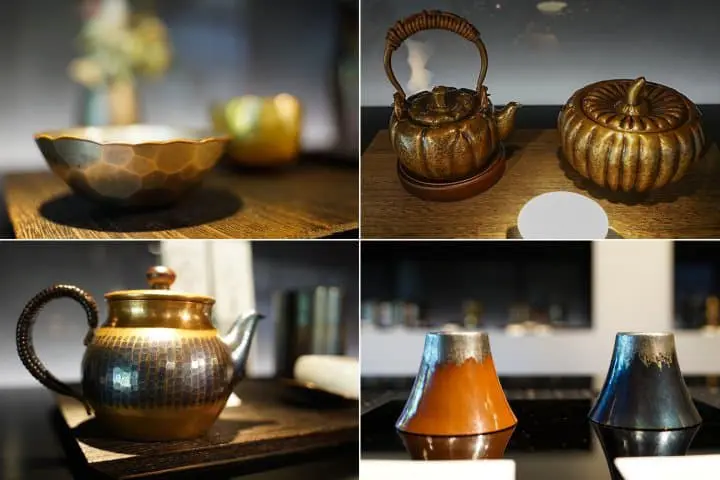
After the factory tour, visitors can even purchase some copperware in the adjoining shop. The shop is lined with various products—from traditional items all the way to modern designs—including sake and tea drinking sets, kettles, and cups.
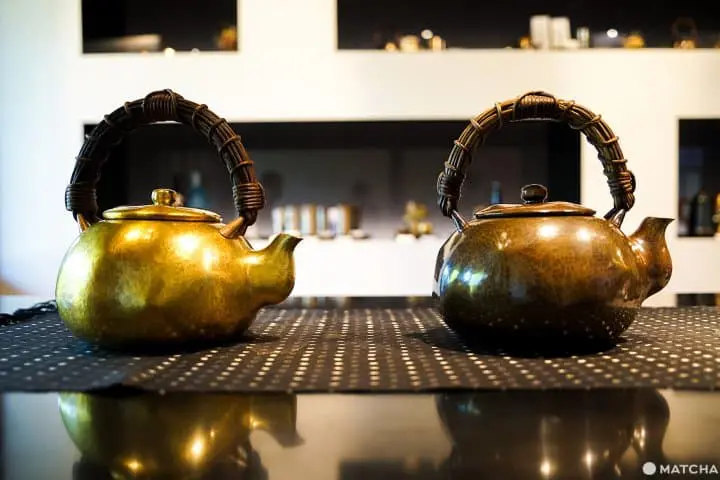
The more copperware pieces are used, the appearance gradually changes. As time goes by, they will appear more beautiful. It's a testament to the painstakingly craftmanship. This is just one sparkling example of metalworking craftsmanship here.

Let's pay a visit to Gyokusendo and see craftspeople at work on their exquisite copperware items.
Index
■ Yahiko: A Town With Enjoyable Shrines, Parks, and Onsen!
・Yahiko Park: See the Beautiful Scenery of Each Season
・Yahiko Shrine: Marvel at the Attractive Japanese-Style Buildings
・Yahiko-Yama Ropeway: Don't Miss an Amazing Panorama!
・Inn of Four Seasons-Minoya: Relax In the Ryokan's Hot Spring
| Yahiko: A Town With Enjoyable Shrines, Parks, and Onsen! |
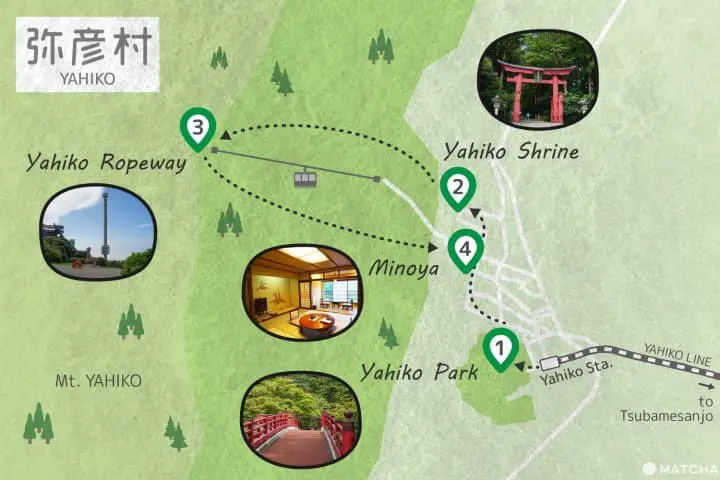
Located next to Tsubame city is a hot spring town called Yahiko. Here you'll find a park with exquisite nature and historical shrines. It's a place where you can sense the beauty of Japanese culture.
If you board a Yahiko Line train at Tsubamesanjo Station, it'll take you about 20 minutes to get to Yahiko Station. If you get on a train at Tsubamesanjo Station headed for a different destination, you'll need transfer at Yoshida Station.
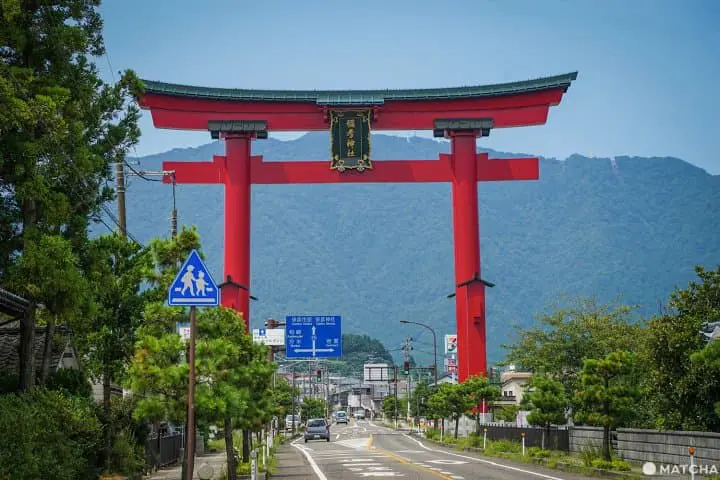
If you look out the train window as you head for Yahiko Station, you'll be see a huge torii gate.
This large torii has connections to Iyahiko Shrine (also known as Yahiko Shrine) and was dedicated in 1982. It stands an impressive 30.16 meters in tall, and is Japan's tallest ryobu-style torii (*1).
The torii was built so that it straddles a main thoroughfare. If you pass under it by car, you can get an up-close look at its grandeur.
*1 ryobu-style torii: a style of torii gate in which the two main pillars are reinforced in both the front and the back side by short posts. Also known as the four legged-style torii.
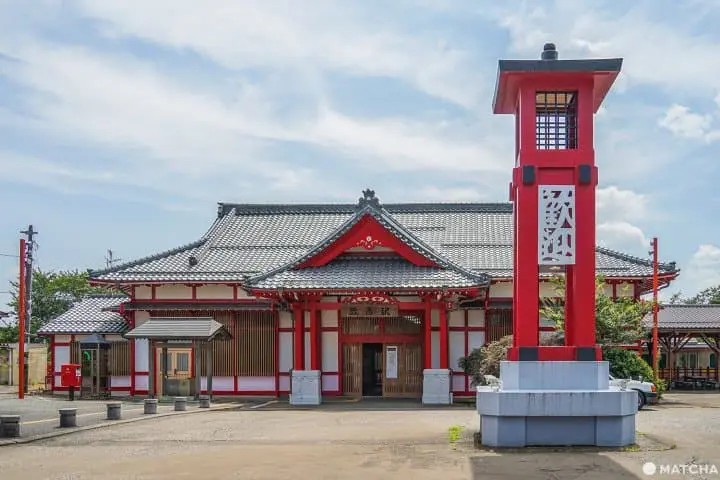
The photo above shows Yahiko Station. It looks just like a shrine, and front of the station there's even a small structure that resembles the fountain where visitors would traditionally wash their hands before entering a shrine or temple.
Yahiko Park: Enjoy Each Season's Beautiful Scenery

As soon as you exit the station you'll see Yahiko Park. Inside the park is a walking course along a slightly elevated hill, so if you explore the park on foot you'll get just the right amount of exercise.

Nestled among the verdant foliage is the red Kangetsu-kyo Bridge. During the autumn folliage season in October and November, the Japanese maple trees turn brilliant hues of red and yellow, turning the area into an exquisite scene.
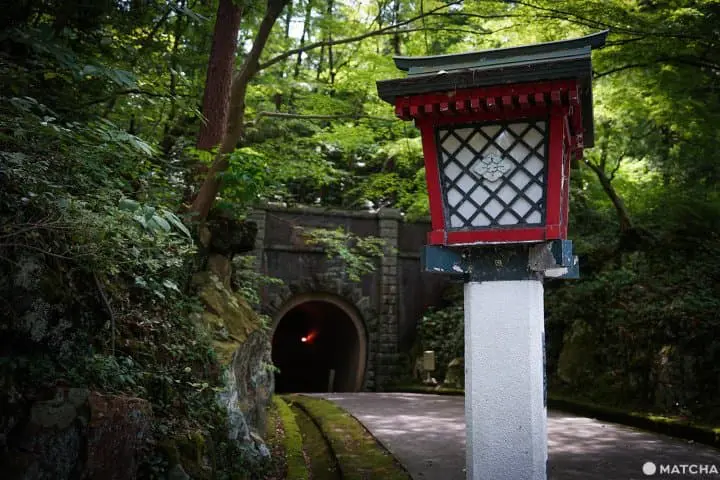
On the park grounds there's a pond, waterfall, stream, and hill that have all been carefully arranged in the style of a classic Japanese garden. One rather unusual element is the tunnel. This is one of several especially photogenic spots.
In April and May, several varieties of cherry trees are in full bloom, while summer is highlighted by bright and vividly green foliage. If you take in a deep breath during your walk, it feels like the pure, fresh air is spreading through your entire body!
After our walk, let's head for Yahiko Shrine.
For more details see Enjoy Niigata: Official Travel Guide
Yahiko Shrine: Marvel at the Uniquely Japanese Architecture

Now it's finally time to visit the shrine! Before passing under the torii gate, let's bow and walk along the side of the road. It's said that the middle of the road is reserved for the gods to walk along.

On the right-hand side, past the torii gate, you'll see Tama no hashi, an arc-shaped bridge crossing the river.
Apparently only the local gods are meant to to pass over this bridge. Framed by the lush green forest with the sunlight streaming through the trees, the bright red wooden bridge appears to be floating in space. It's truly a heavenly sight!
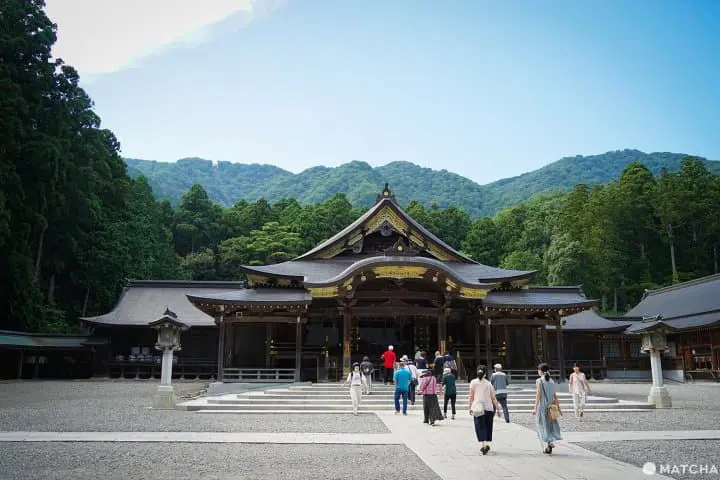
In the photo above you can see the main worshipping hall (haiden) rebuilt in 1915. The original haiden was destroyed in a fire.
Located behind the haiden is the shrine's main building (honden). In Japanese mythology, the deity Ame-no-Kagoyama-no-Mikoto is enshrined here. This god was the great grandchild of Amaterasu-Omikami, the mythical ancestor of the Japanese Imperial Family.
According to folklore, Ame-no-Kagoyama-no-Mikoto taught the residents of the Echigo region (present-day Niigata prefecture) the skills necessary for fishing, producing salt, sake brewing, and farming. This god is said to have lived on Mt. Yahiko, which stands behind Iyahiko Shrine.

The expansive shrine grounds feature several auxiliary and branch shrines known as "setsumatsusha."
There are also many other uniquely Japanese buildings that serve various purposes. For example, there's a tower that houses a drum which marks the passing of time when it's struck, as well as a special stage for sacred Shinto dances (kagura).
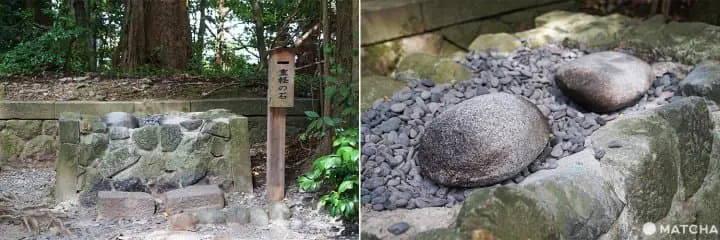
You'll also find stones that are like an on-site fortune teller. Pick up one of the stones after making your wish, and if it feels light to you then your wish will come true!
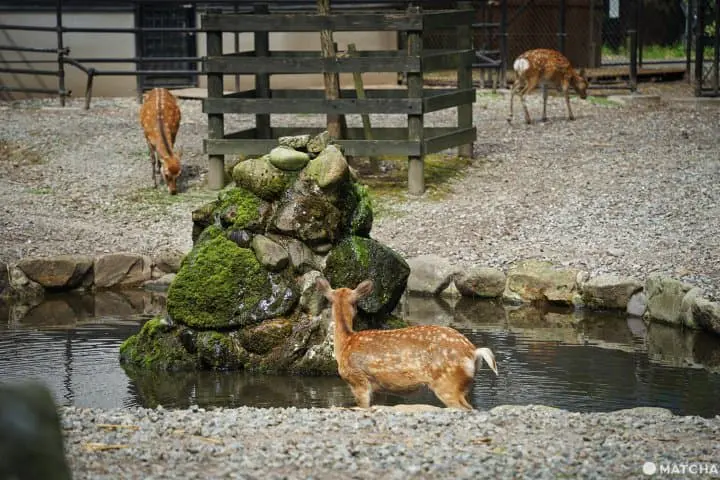
In one corner of the grounds there's a Rokuen garden with deer and a chicken coop. Many native species of chicken are bred here, including the tomaru chicken, designated a natural treasure by Niigata prefecture.
For more details see Enjoy Niigata: Official Travel Guide
Yahiko-Yama Ropeway: Don't Miss This Amazing Panorama!
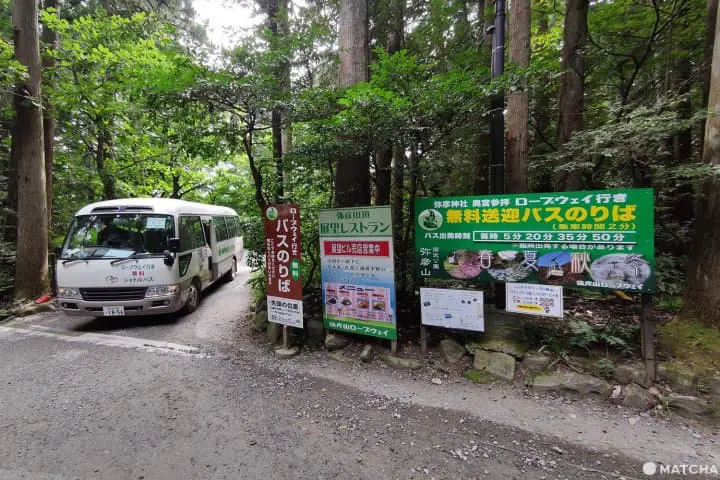
When you leave the shrine via the road running to the right of the main worship hall, you'll see the bus stop for the complimentary shuttle bus. This bus connects visitors with Sanroku Station which has direct access to Iyahiko Shrine and the Yahiko-Yama Ropeway.
The shuttle bus departs every hour 5, 20, 35, and 50 minutes after the hour. Travel time is just five minutes. Even on foot, it only takes about 15 minutes to get the station.
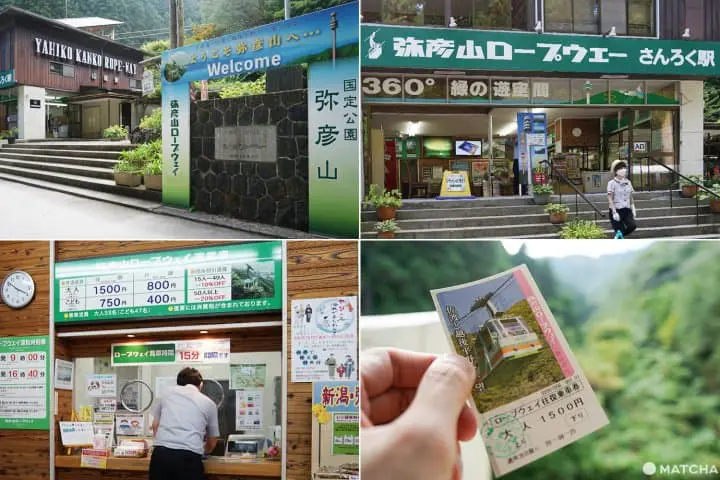
Ropeway tickets can be purchased at the counter inside Sanroku Station. The prices are as follows:
| Round Trip | One-Way | |
| Adults | 1,500 yen | 800 yen |
| Children | 750 yen | 400 yen |
**Admission is half-price for physically challenged visitors

Visitors taking the ropeway are treated to a panoramic view of the Echigo Plain. In the foreground to your right you can see Mt. Yahiko's hillside, and sprawling in the far background is the Tsubamesanjo cityscape.
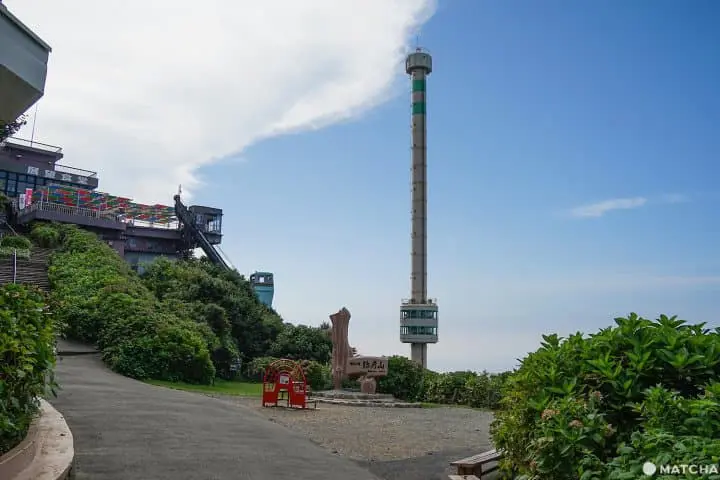
We made it to Ropeway Sancho Station!
For those who want a 360° view of the beautiful scenery and aren't afraid of hights, we recommend going to the top of the Panorama Tower. To get there, passengers ride a two-story revolving elevator.
The revolving observation deck slowly climbs upwards, and when it reaches the top it sits at 600 meters above sea level. If you visit in the winter, you might even get a picturesque view of the sun setting over the Sea of Japan.
For more details see Enjoy Niigata: Official Travel Guide
Yahiko Shrine-Okunomiya
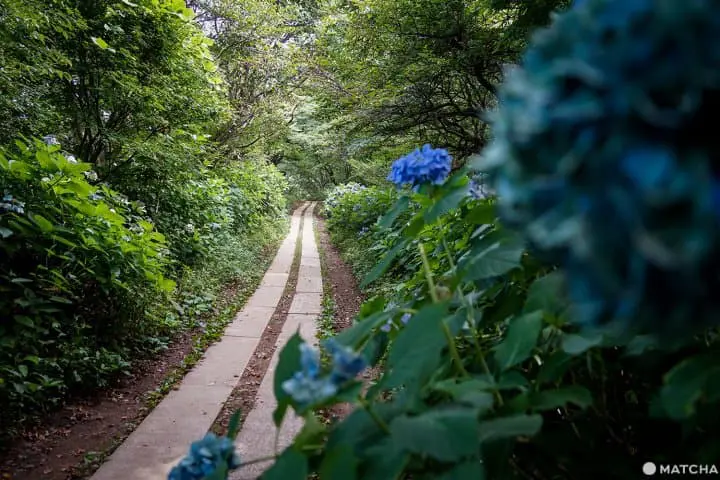
From the observation deck restaurant there's a mountain trail that takes you to Yahiko Shrine's Okunomiya. It covers a distance of about 700 meters. Some sections of the trail are paved, while others have been left as is.
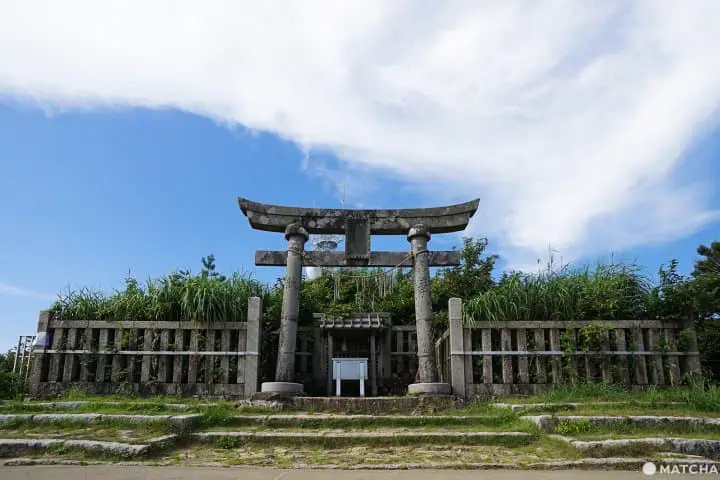
After about 20 minutes of walking you'll arrive at a summit where the "goshinbyo" is located. This is where the shrine's deity is said to reside. Enjoy the breathtaking scenery to your heart's content!
To return, let's head back to the ropeway station and hop on the shuttle bus, which will take us back to the bus stop beside the shrine. From there, let's go and take a relaxing dip in the ryokan hot spring.
Inn of Four Seasons-Minoya: Relax In the Ryokan's Hot Spring
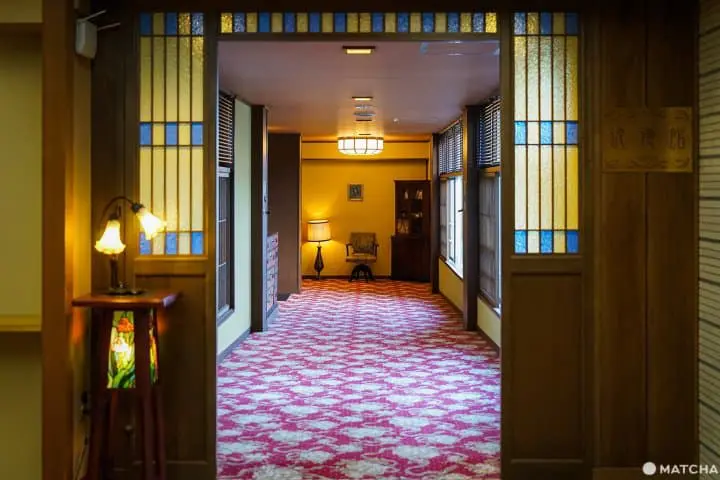
We've arrived at our accommodation, Inn of Four Seasons-Minoya. Tonight we'll stay in a room in the Romankan building.
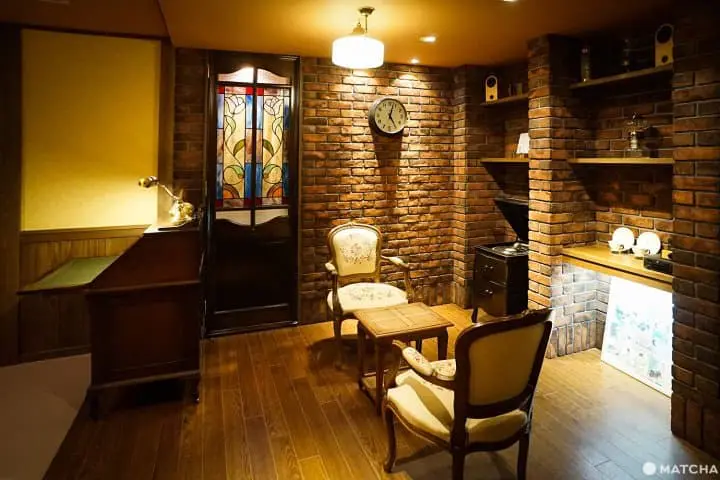
A relaxing spot inside the Romankan building
When Japanese people hear the term Roman, they usually conjure up images of the Taisho period (1912-1926).
During this era, western culture from Europe and America spread throughout the country and was integrated with existing Japanese culture. The unique atmosphere and mood that resulted from the fusion of these two separate cultures is often called Taisho Roman.
On the first floor lobby, yukata robe rentals are available, including a robe sporting a floral design with a large colorful flower, and another with a Taisho Roman-like design.
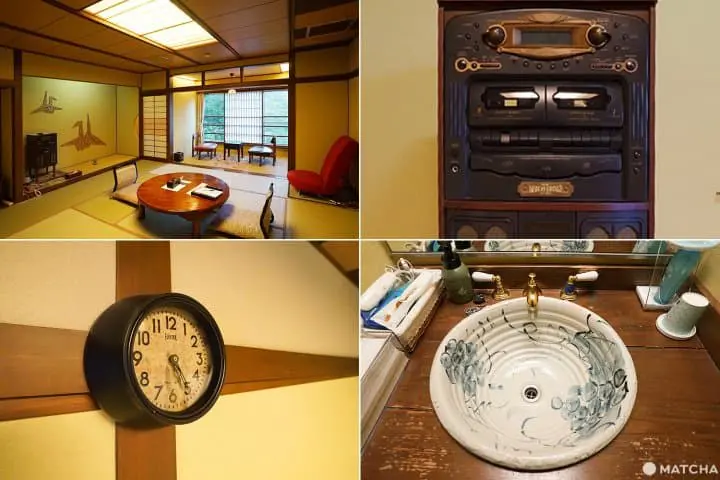
The interior of the guest rooms and the hallway inside the Romankan building have been tastefully appointed with an elegant and classic color scheme.
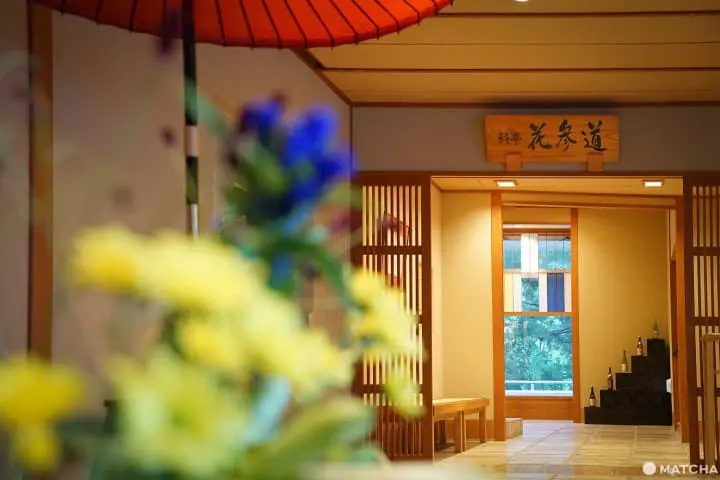
Dinner is served at Hanasando, a traditional Japanese dining room on the fourth floor.
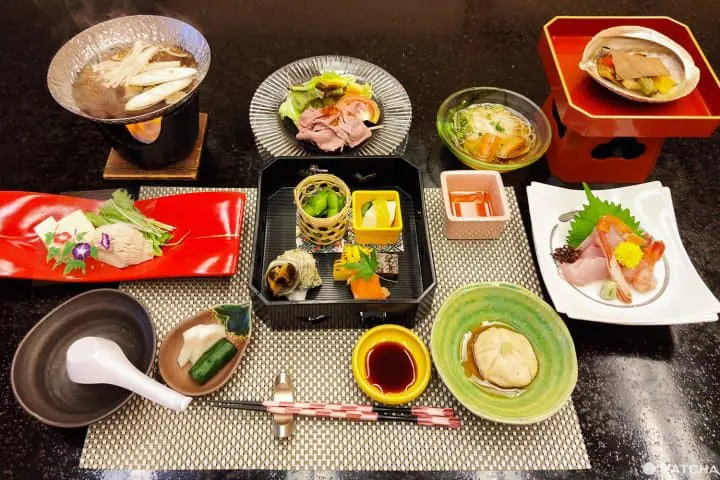
The photo above shows a gorgeous and extremely colorful Japanese dinner set.
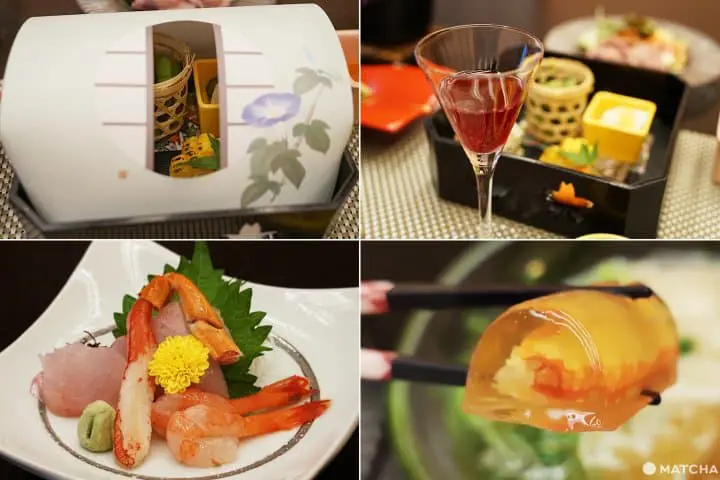
The town of Yahiko sits right beside the ocean, so Hanasando's seafood dishes are always fresh. With such an extensive menu, guests will have no problem finding something they love at dinnertime.
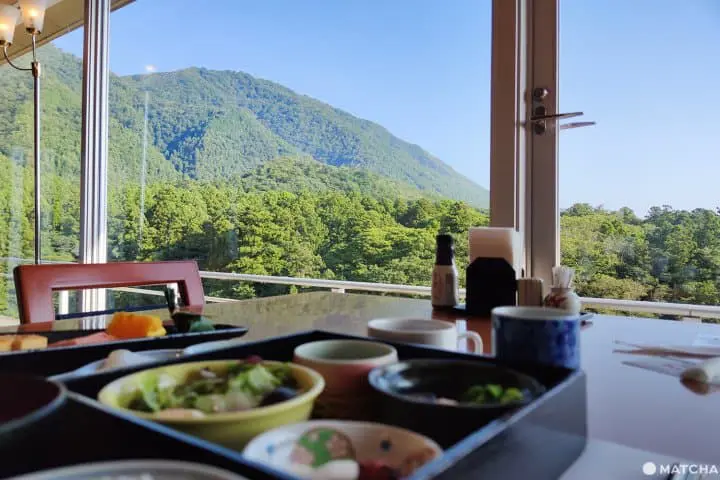
Breakfast is served at Open Terrace Four Seasons, the observatory restaurant on the seventh floor. As you enjoy your meal, you can look out on Mt. Yahiko's stunning scenery.
Before breakfast, guests can also take a dip in the hot spring bath.
For more details see Enjoy Niigata: Official Travel Guide
| Ojiya: The Birthplace of Colorful Nishikigoi Carp |
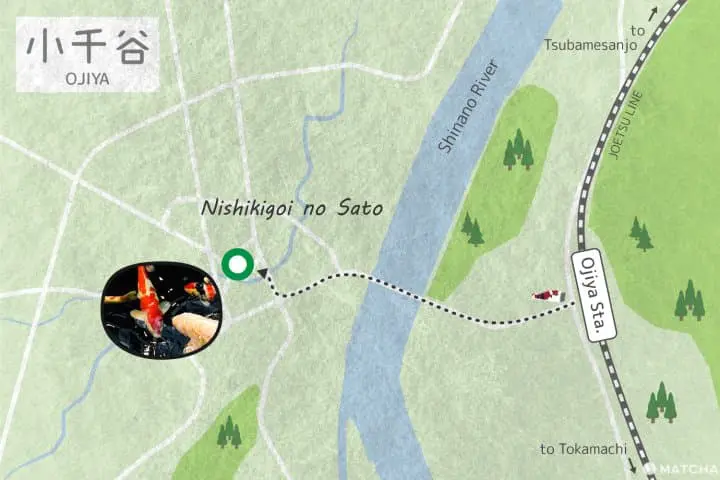
The closest station to Nishikigoi Village is Ojiya Station (on the Joetsu Line). Those coming from Tokyo by shinkansen will need to transfer at Urasa Station, and travelers coming from Niigata should transfer at Nagaoka Station.
If you're traveling on the old railway line from Iyahiko Station, transfer to the Shin-etsu Line at Higashi-Sanjo Station (on the Yahiko Line) and disembark at Nagaoka Station, orr transfer to the Joetsu Line and get off Ojiya Station.
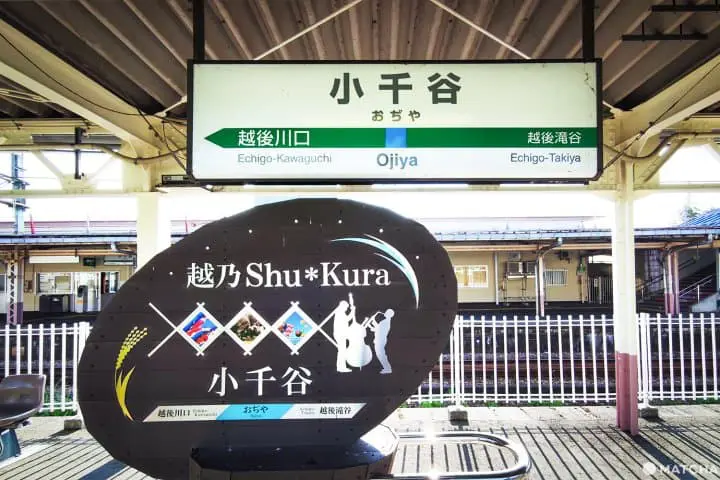
There are a limited number of trains to Ojiya Station, so it's best to check the train schedule ahead of time.
Nishikigoi no Sato is about two kilometers from Ojiya Station. It's a 25 minute walk, or about a 5 minute taxi ride.
Nishikigoi no Sato - The Birthplace of Nishikigoi Carp
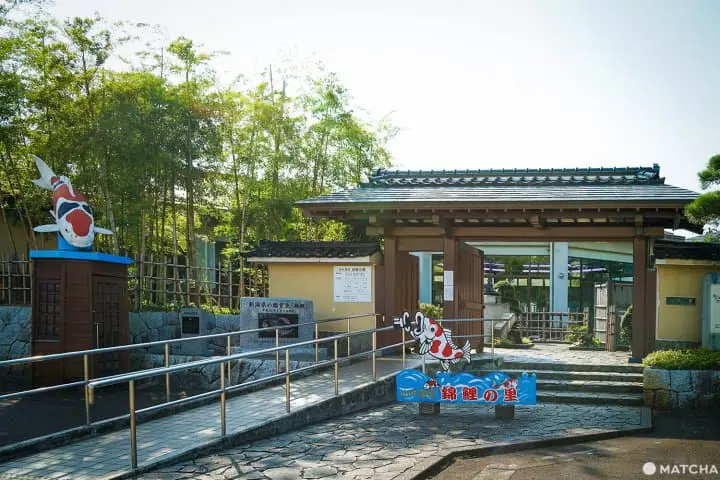
Nishikigoi no Sato is the birthplace of Nishikigoi carp, so it's the perfect place for a close-up look at these beautiful fish.
Right at the entrance there's a large Nishikigoi display. Admission prices are below.
| Elementary / Junior High students | 310 yen |
| Adults | 520 yen |
| Preschool Children | Free |
In Japanese, carp fish are called koi. Koi were originally an almost black colored fish, completely covered in one dark, deep color.
In Ojiya city, many koi were traditionally raised as livestock. However, about 200 years ago, a sudden mutation resulted in a fish that had other colors mixed in.
Then, through improvements in breeding, the koi was changed into a fish with a wide variety of charming colors. "Nishiki," or "beautiful color," was added to create the name nishikigoi.
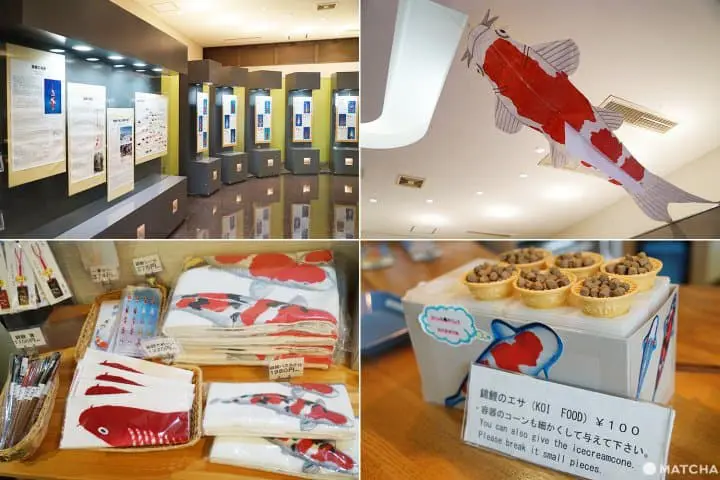
The facility includes an archive room where visitors can learn more about the origins and history of nishikigoi, as well as souvenir corner. Cone-shaped containers (100 yen each) filled with bait are available for feeding the fish.
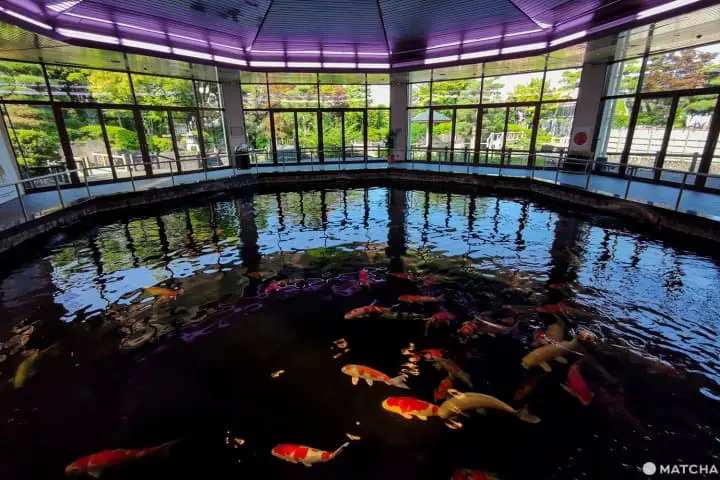
The Nishikigoi Appreciation Pond is home to about 80 carp. Each is named according to its color and pattern markings.
The fish swimming in the pool are truly a lovely sight, and they've even been called "swimming jewelry."
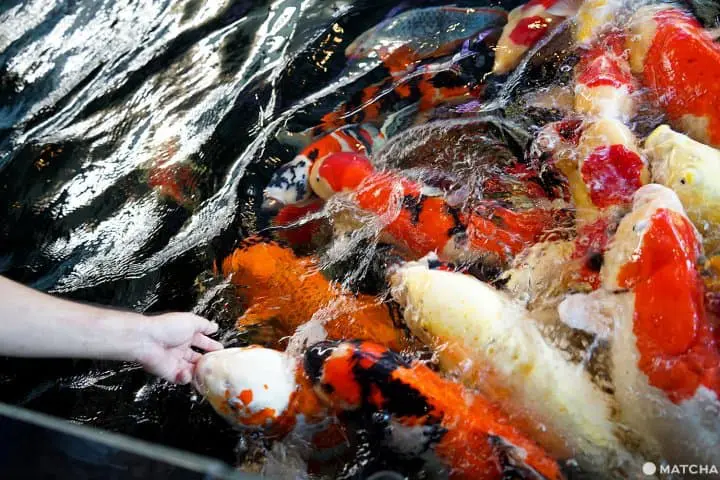
The koi differ in size, with some growing up to one meter in length and weighing as much as19 kilograms! Looking at the scale in the picture above, it soon becomes apparent just how large some of these fish are.
It's OK to feed the fish, touch them, and even stroke their heads... but remember that these are beautiful fish, not pets!
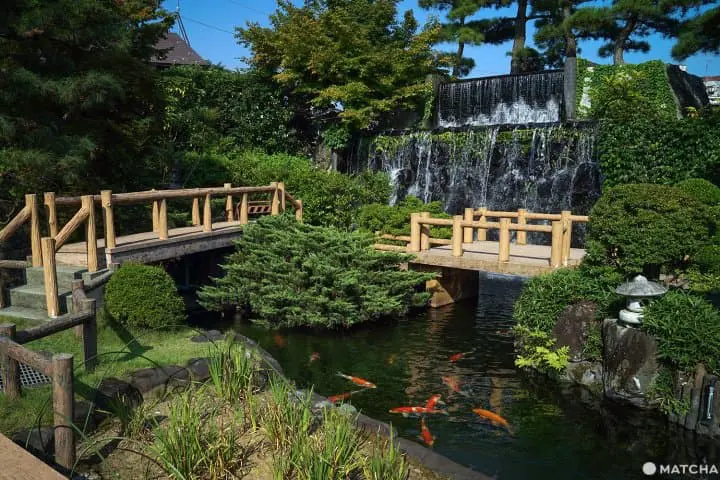
Outside there's a traditional Japanese garden, and the koi look even more attractive as they swim in the pond. They are most active during the warm months of the year, from the end of April until November.
When winter arrives, the area often receives a heavy snowfall, so the fish are moved indoors to the Appreciation Pond. However, winter visitors are treated to the exquisite sight of the Japanese garden lightly brushed with snow.
For more details see Enjoy Niigata: Official Travel Guide
Index
■ Tokamachi: An Art Town
・Echigo-Tsumari Satoyama Museum of Contemporary Art, KINARE
・Hachi & Seizo Tashima Museum of Picture Book Art
・Matsudai Nobutai Center
・Kiyotsukyo Gorge Tunnel
・Art Exhibits Along the Way That Captured Our Interest
・Tokamachi City Museum: Let's Learn About Local History
・Kimono Emakikan: Kimono Traditions Passed Down Through the Generations
・Join a Sasa Dango-Making Workshop
・ Accommodation In Tokamachi City
・Tokamachi Fureai no Yado-Koryukan
・Noka Minshuku Sanzen (Farm Stay)
・ Souvenir Hunting On Our Way Back at Echigo-Yuzawa Station
| Tokamachi: An Art Town |
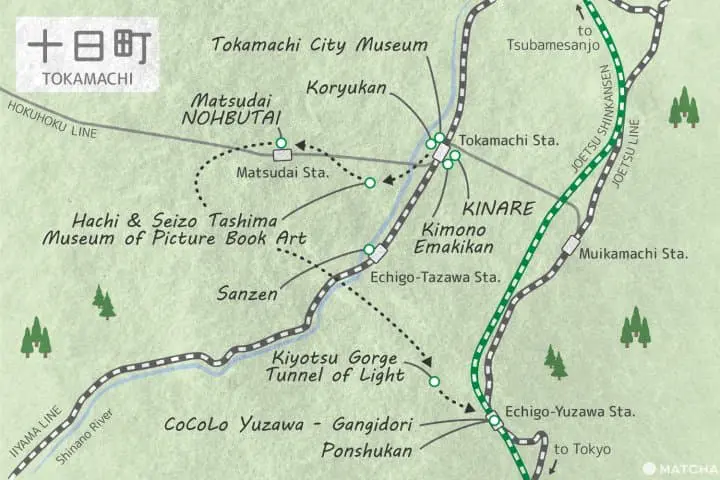
Tokamachi is in Niigata's southern region, next door to Echigo-Yuzawa, famous for its ski hill. In the winter they often get heavy snowfalls, and the entire area becomes a sparkling white landscape.
That said, we visited during the summer, because every three years Tokamachi holds an important event called the Echigo-Tsumari Art Triennale
During this festival, the Tokamachi area hosts hundreds of modern art installations created by artists from around the world.
Many of the art displays—based on the theme of humans reconnecting with nature—utilize the unique characteristics of each area in their underlying concept.
Some exhibits blend in so well with the natural surroundings that you don't even realize it's an art display! On the other hand, some installations will amaze and astonish you with their loud and flashy appearance.
Tokamachi is just one part of this gigantic art landscape. Even during off years when the triennale is not held, there are still a number of locations with art on display, and events and seasonal exhibits are held regularly.
Even though this was an off year, we paid the area a visit to see exactly what displays there were. Some locations are a little difficult to reach by train, so we arranged for a rental car near Tokamachi Station, which was very convenient.
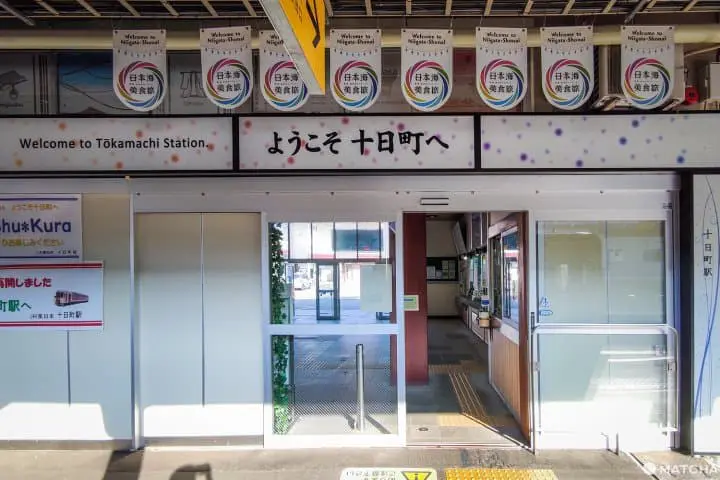
To get to Tokamachi city from Tokyo, take the Joetsu shinkansen and get off at Echigo-Yuzawa Station, then transfer to the Hokuhoku Line, which will take you to Tokamachi Station.
If coming from Niigata city, board the Joetsu Line and then transfer to the Hokuhoku Line at Muikamachi Station.
Echigo-Tsumari Satoyama Museum of Contemporary Art, KINARE
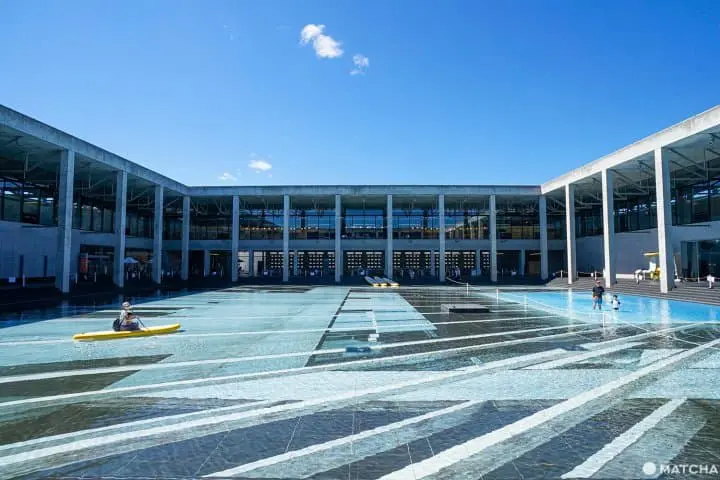
Echigo-Tsumari Satoyama Museum of Contemporary Art, KINARE is located close to Tokamachi Station. Upon entering, you'll see a large pond surrounded by a building with bare concrete walls.
Admission: Adults 800 yen, Children (elementary school / junior high school) 400 yen
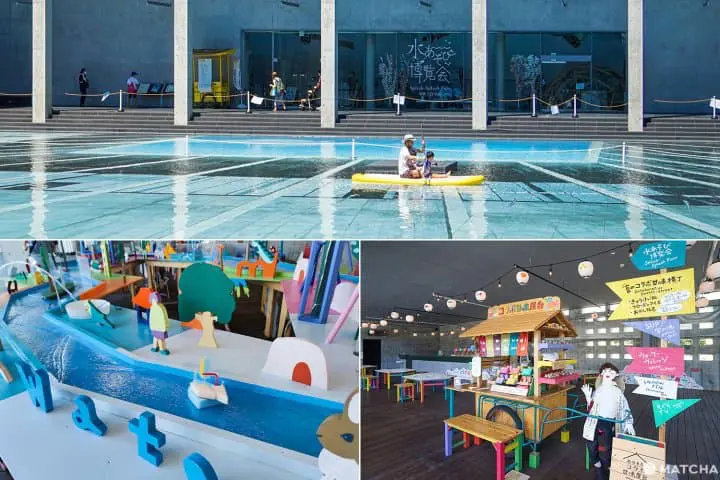
When we visited, there were many special exhibits that were perfectly suited to summer.
The works of art included a sponge boat floating on the waterway, an ice cream stand in a colorful rest area, and also SUP (stand up paddle boarding) in which visitors can participate and have fun on the water, to name just a few of the exhibits.
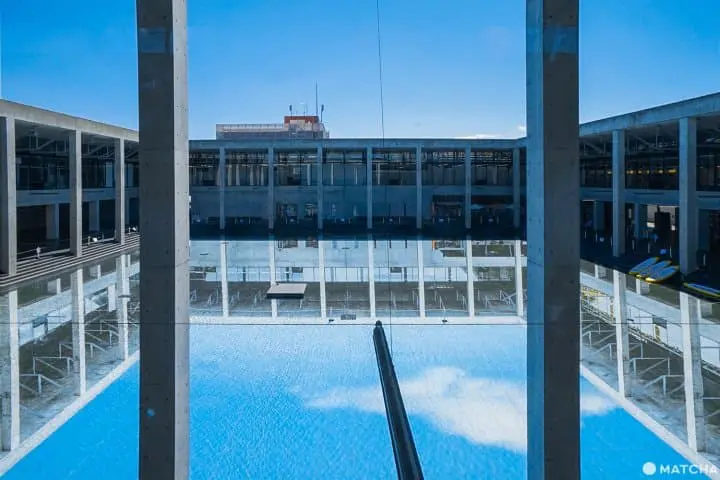
On the second floor, the waters of a pond reflect the image of a building like a huge mirror. A photo of a building was inverted, then placed in the pond to create the display. This piece is called Palimpsest: Pond of Sky and was created by Leandro Erlich.
As you examine the piece from different angles, the reflected image is distorted and enlarged, giving an entirely different impression.
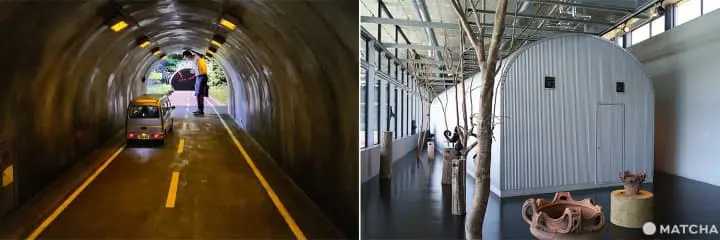
The photo above shows another Leandro Erlich creation called Tunnel. While passing through the Echigo-Tsumari gorge by car, Leandro Erlich was inspired by the tunnel and decided make this piece.
As you move to the back of the tunnel, the things around you start becoming smaller. This exhibit is filled with an innate sense of fun!
When you exit the tunnel you realize that you were actually inside a kamaboko-type storehouse (right side in photo), a very common structure in this region.
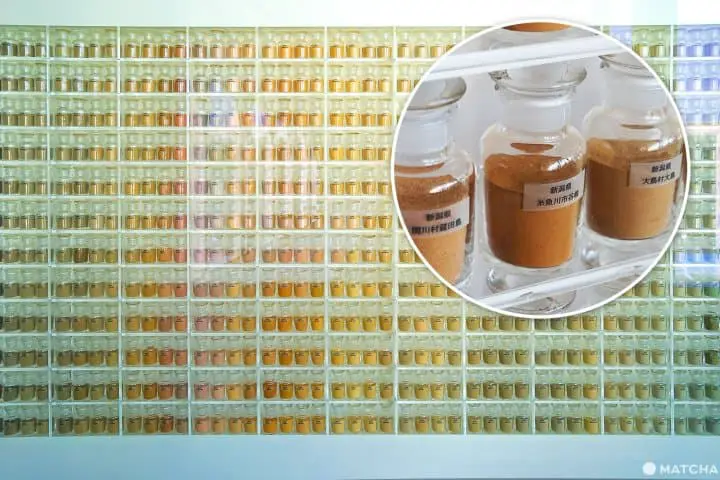
The above photo shows SOIL MUSEUM / NIIGATA, a work of art by Koichi Kurita.
One entire wall consists of rows of bottles filled with Niigata prefecture soil, forming an exquisitely beautiful gradation of color.
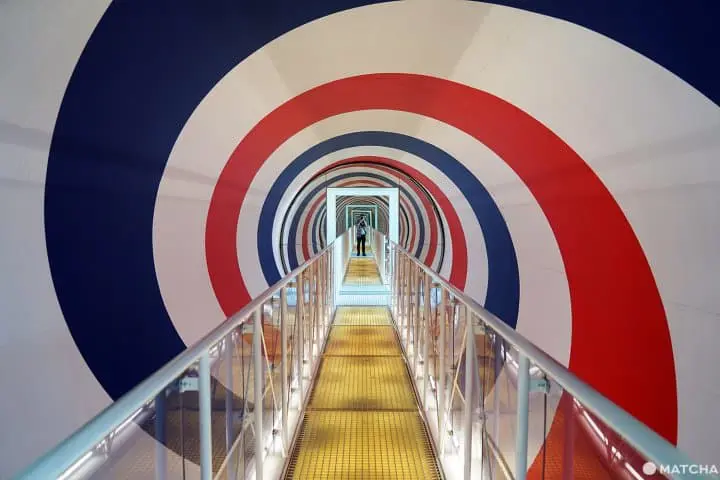
Passing through the spiral tunnel of Rolling Cylinder, 2012 creates the illusion of being turned around and around with the tunnel. This exhibit is courtesy of Carsten Holler and is one of the museum's most famous pieces.
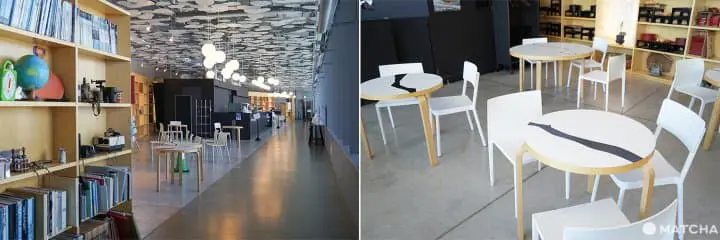
○in□ (circle in square), created by Massimo Bartolini and Lorenzo Bini, serves as the concept for the Echigo Shinanogawa Bar, a restaurant serving sweets and drinks.
Each of the shop's round tables are decorated with a black line. When the tables are lined up side by side, these decorative black lines get form an image of the Shinano River.
White-colored mobiles of all sizes hang down from the ceiling and sparkle as they rotate. It almost feels like you're sitting in the river and these glittering rays of light are shining down upon you.
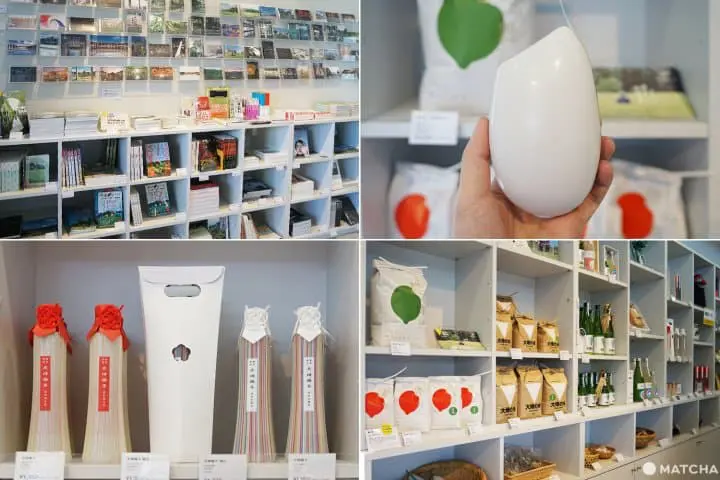
In the museum shop, you'll find a wide variety of original goods. These include items are related to museum pieces, as well as special local products such as sake and rice.
This writer's favorite store item is shown in the upper right corner of the photo above. It's a cute container shaped like a giant rice kernel, filled with Niigata Koshihikari rice. It contains 300 grams of rice and costs 800 yen (before tax).
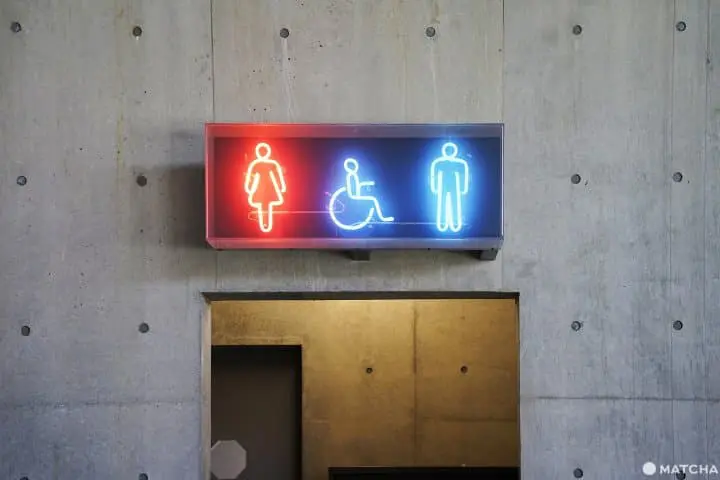
**Exhibits entitled Tunnel, Rolling Cylinder, 2012 and Echigo Shinanogawa Bar concluded in December, 2020.
Hotels near Echigo-Tsumariyama Museum of Contemporary Art MonET
For more details see Enjoy Niigata: Official Travel Guide
Hachi & Seizo Tashima Museum of Picture Book Art
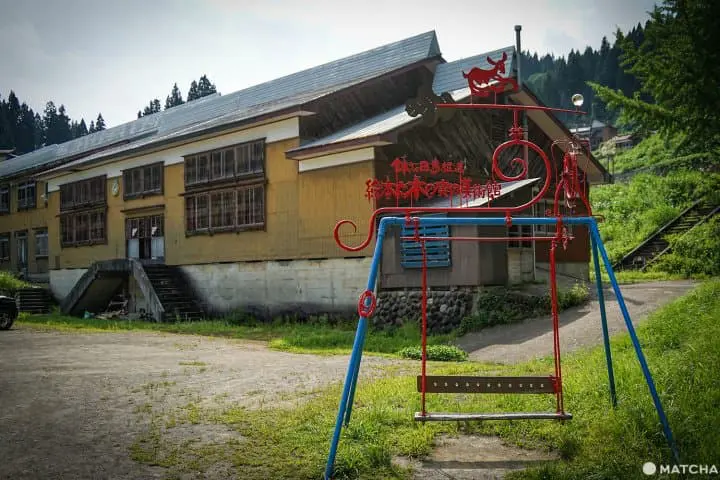
Sanada Elementary School was forced to close due to Japan's declining birth rate.
However it was reborn as the Hachi & Seizo Tashima Museum of Picture Book Art, a hands-on picture book museum created by picture book author Seizo Tashima.

Tashima wrote a picture book entitled, "The School Won't Become Empty," in conjunction with the museum's opening. The story focuses on the school's three remaining students, named Yuki, Yuka and Kenta, and the ghosts that are apparently lurking there.
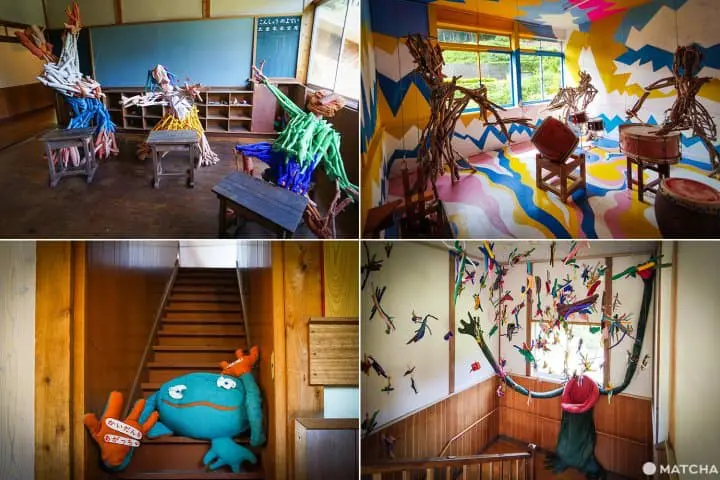
In the story, the students go in search of adventure at the school, where ghosts and monsters are hiding.
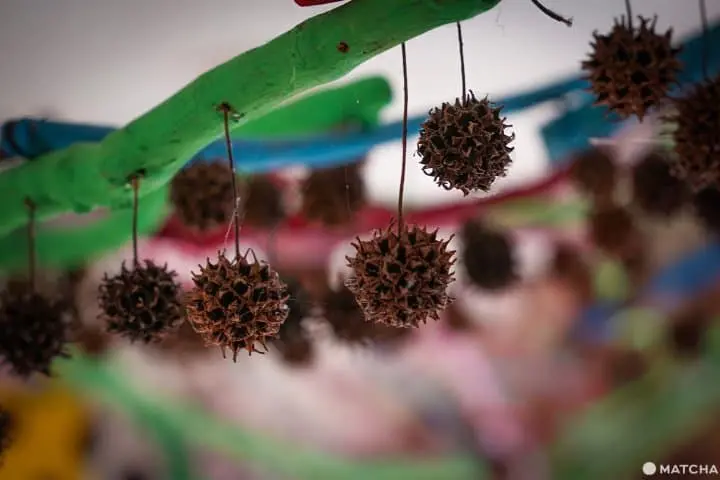
If you look closely at the various works of art in the museum, you will notice that they include lots of tree fruit and driftwood. This is especially true with Tashima's exhibits.
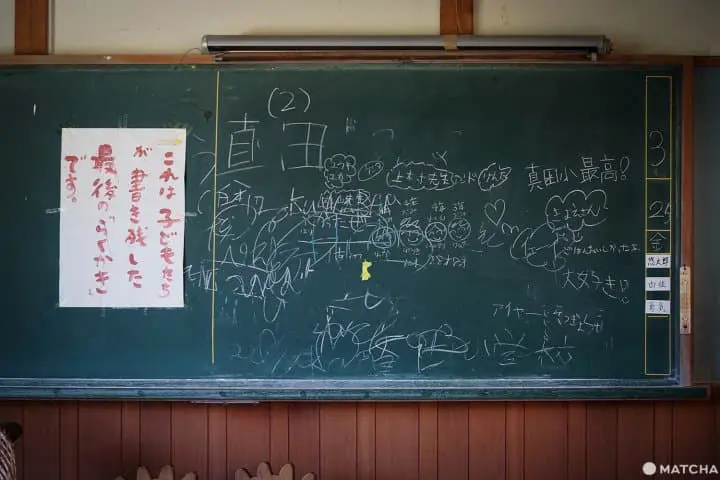
On the blackboard you can see the graffiti "left behind" by the school's three final students. This picture book story includes an element of reality.
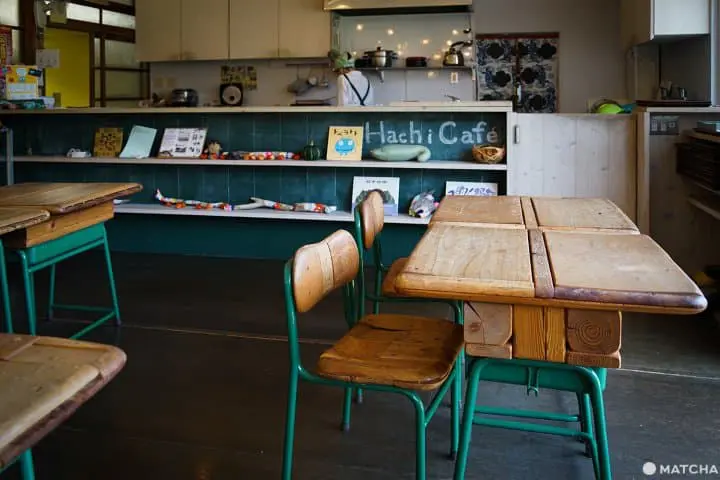
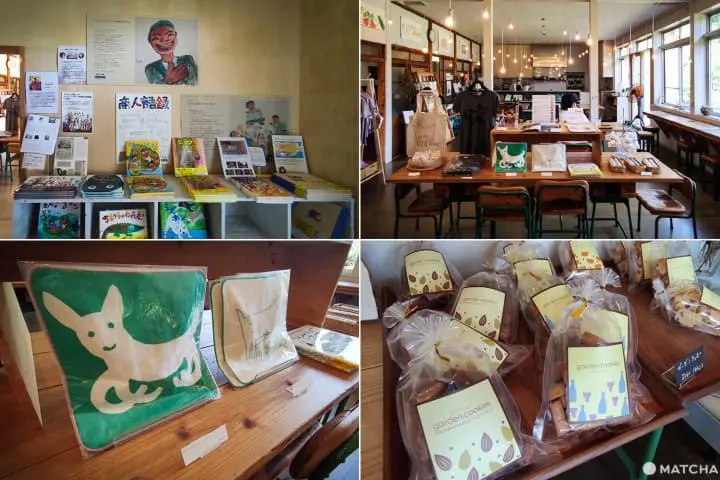
The museum's first floor includes a shop that features a collection of picture books and Tashima's artwork, as well as a small cafe called Hachi Cafe. Guests can indulge in coffee, cake, and various entrees while enjoying the cafe's cute atmosphere.
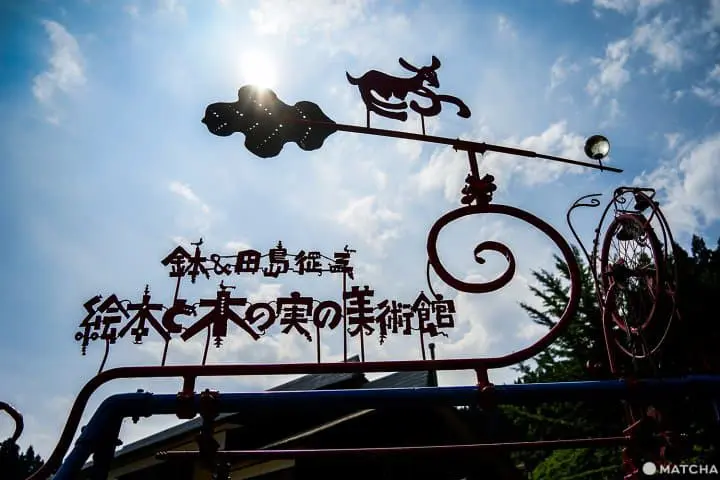
For more details see Enjoy Niigata: Official Travel Guide
Matsudai Nobutai Center
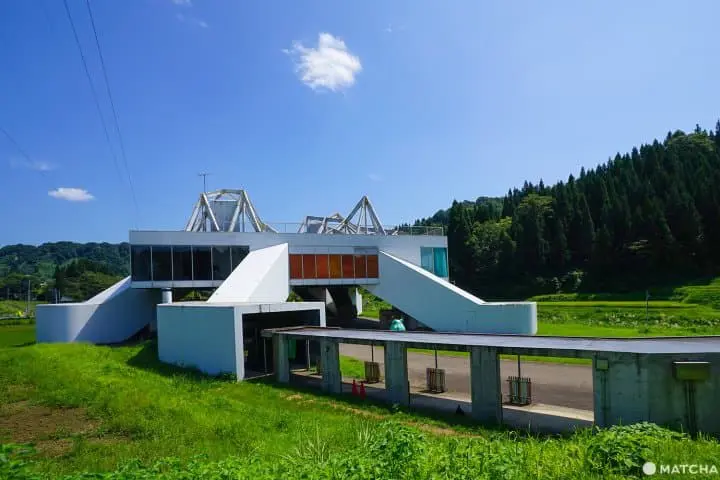
Matsudai Nobutai Center was built in 2003 by the architectural firm MVRDV.
The center's gallery and hands-on events spread the word about the area's local culture. There are also special exhibits, a restaurant, and various shops.
Admission: Adults 500 yen, Children (elementary and junior high school) 300 yen.
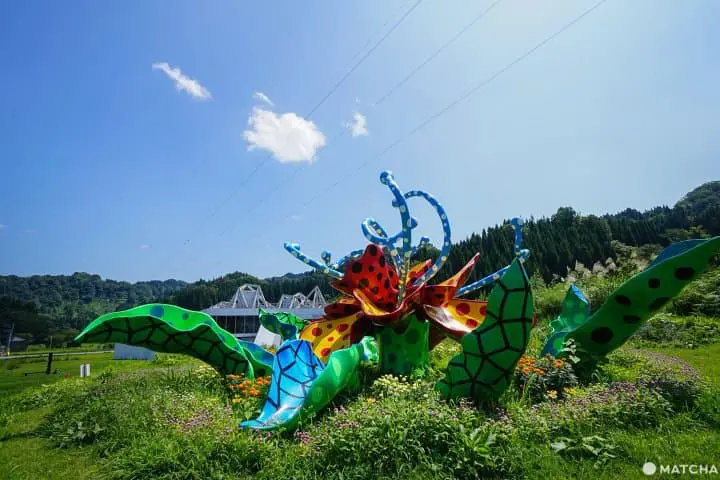
You can see a number of outdoor exhibits on the nearby hilltop. We suggest you allow about one to two hours to see them all.
Near the entrance to the building you'll see Tsumari in Bloom, a gigantic, eye-catching objet d'art shaped like an enormous flower with bright, vivid colors and a polka-dot pattern. Nobody other than famous artist Yayoi Kusama could have created an exhibit of this magnitude.
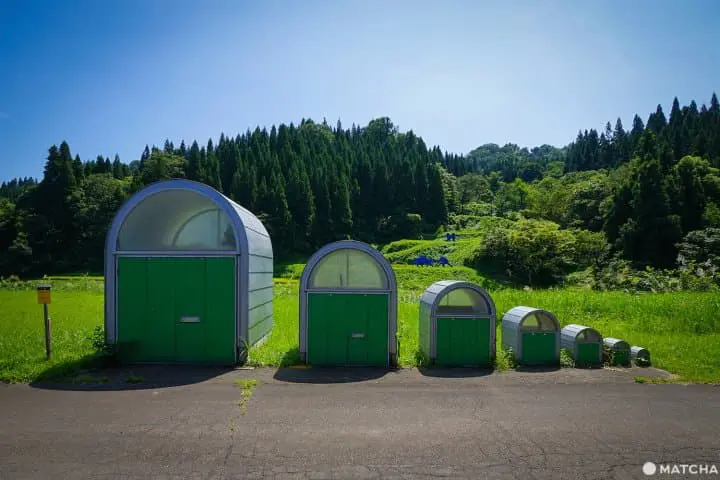
The photo above shows the Kamaboko Storehouse Project by Tsuyoshi Ozawa, which features Kamaboko-style storehouses, lined up in order of size. These storehouses look adorable at full size, but become even more so when they're tiny.

The next work of art is The Rice Field, by Ilya and Emilia Kabakov.
Sculptures of farmers going about their daily work are placed in rice paddies, to express the laborious process of growing rice, from plowing and irrigating the fields to the harvest itself.
From Matsudai Nobutai Center's observation deck, visitors are treated to a close-up look at this art installation; the building offers such an outstanding view that it almost seems as if the building was constructed for this purpose alone.
Let's Look at More Art Inside Matsudai Nobutai Center
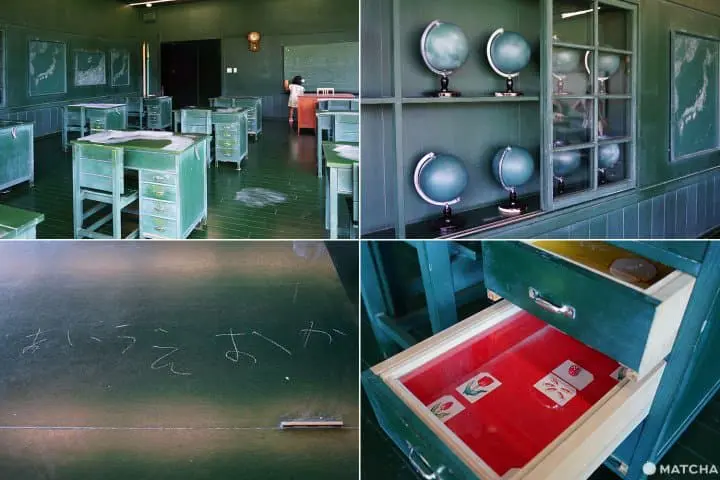
Is there anyone who didn't write graffiti on the blackboard as a student?
Relation—Blackboard Classroom will make everyone's graffiti dreams come true--because the entire classroom is covered in blackboards, from the floors, walls, and ceilings all the way to the desks and chairs!
Inside the drawers of the desk, we found another work of art, titled Art Drawers. Like the room itself, it is the creation of artist Tatsuo Kawaguchi.
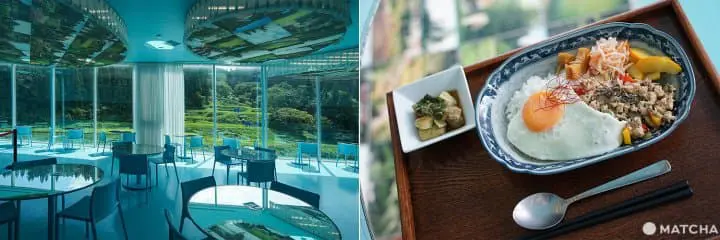
Next, let's have lunch at a restaurant called Echigo Matsudai Satoyama Shokudo. The restaurant features a light blue color scheme, and offers views of the surrounding forest and terraced rice paddies.
The restaurant uses only locally grown ingredients in its various entrees. At the time of our interview they also had Gapao Rice (stir-fried minced pork with basil, 800 yen) on the menu. You can also stop in at the cafe where they offer cake and juices.
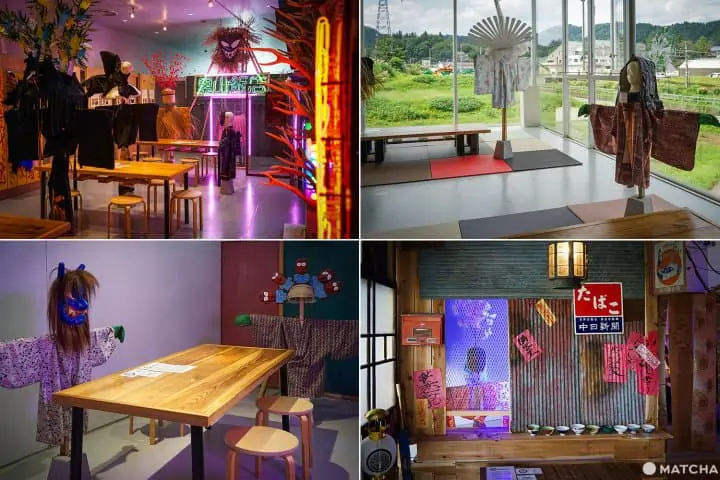
At the time of our interview, we ordered take-out from Echigo Matsudai Satoyama Shokudo and were able to enjoy it at food court Kamigamichusin, an exhibit created by artist Ryo Toyofuku.
Japanese gods and spirits have come from all parts of the country and gathered here, creating a rather suspicious looking atmosphere.
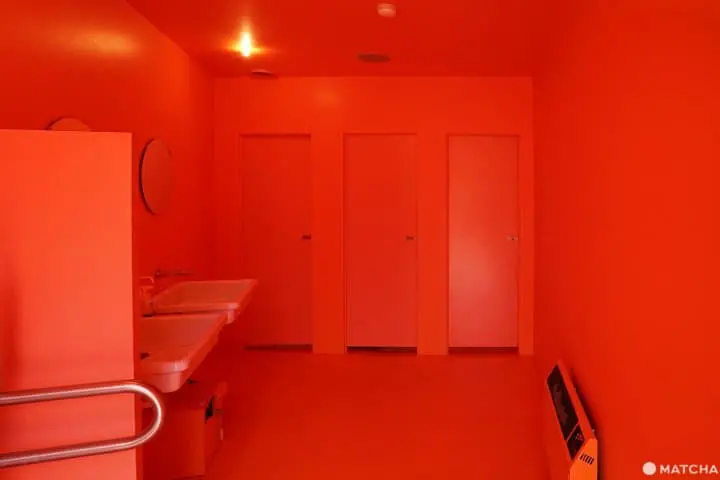
This washroom comes equipped with several gimmicks, as well as an intense red color scheme. By all means, come and take a look with your own eyes--even the washroom is sophisticated and filled with a playful spirit!
For more details see Enjoy Niigata: Official Travel Guide
Kiyotsukyo Gorge Tunnel
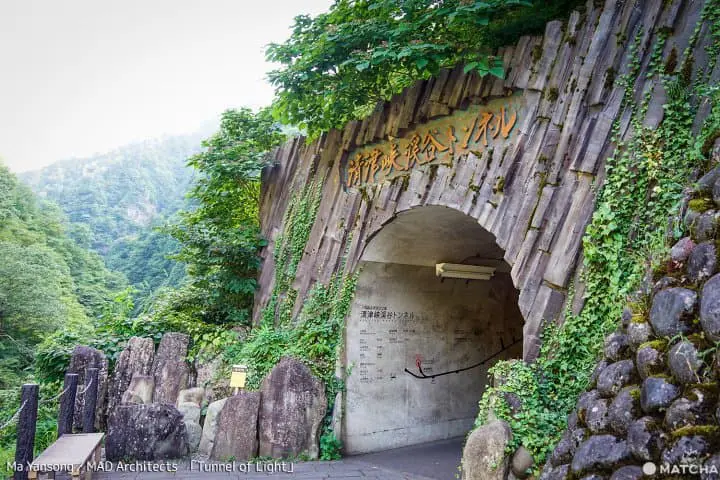
Kiyotsukyo Gorge is ranked as one of the three most beautiful gorges in Japan. In 1996, a pedestrian tunnel was opened, allowing visitors to enjoy the valley's amazing scenery safely.
In 2018, as part of the Echigo-Tsumari Art Triennale, the tunnel was transformed into the Tunnel of Light, an art installation by Chinese architect Yansong Ma of MAD Architects.
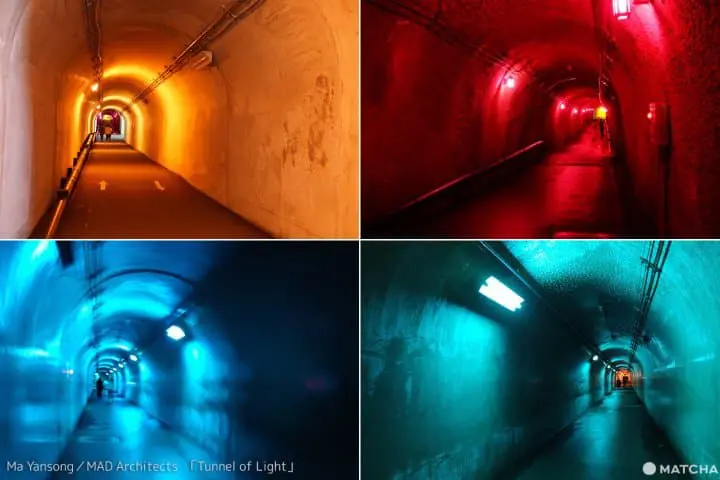
The passageway is bathed in a an assortment of colors, creating a haunting atmosphere that will arouse your curiosity and have you wondering what's in store for you just ahead!
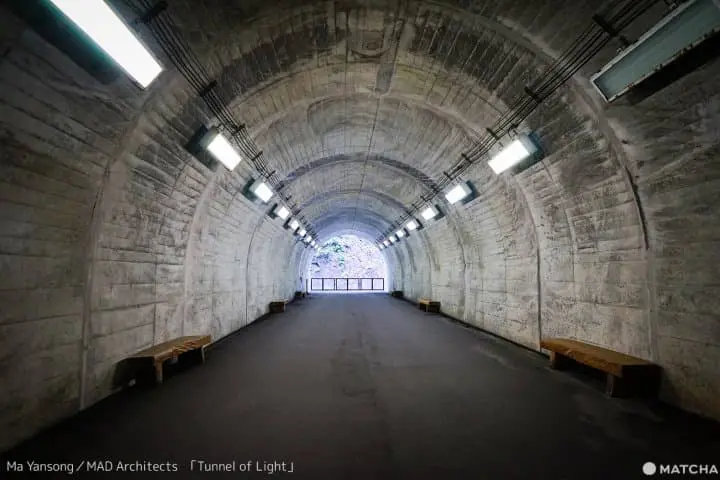
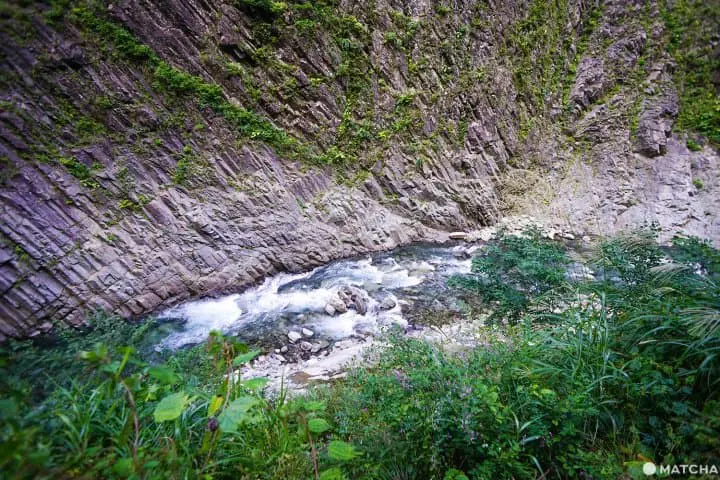
From the first lookout point you can see the beautiful, rocky face of the gorge. The natural hexagonal shapes resemble bundled pencils.
The bare rock surfaces were created by magma (hot molten rock) that spouted up from deep underground and contracted as it cooled. In the places where it pushed up high enough to form a mountain, it later underwent erosion from the Kiyotsu River, which carved through the rock to create the present-day gorge.
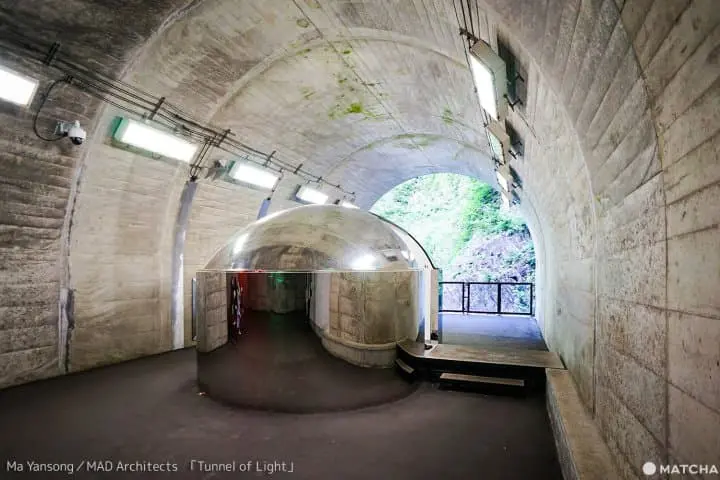
In the middle of the tunnel, the second lookout point includes a shiny, metallic capsule that resembles a spacecraft, called Invisible Bubble.
Inside the capsule there are two washrooms that face the direction of the gorge. The walls are enveloped by a metallic film, giving people on the inside a one-way view of the outside. It's no exaggeration to say that they offer the best view of any toilet in Japan.
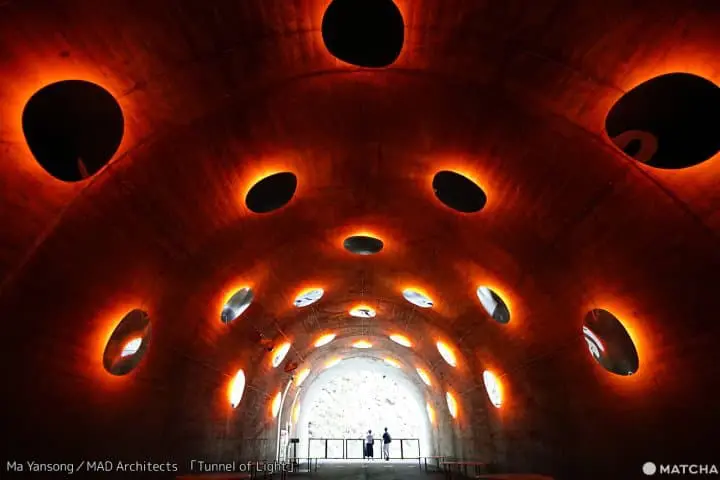
At the third lookout point there's an exhibit called The Drop. The walls are dotted with mirrors shaped like water droplets. Though the passageway is dark, the mirrors are backlit by a reddish light that seems to increase in intensity, as if someone set the tunnel on fire.

From its entrance, this pedestrian tunnel measures 750 meters in length. When visitors reach the end of the tunnel they find one final exhibit, called Light Cave.
Here, the tunnel floor has been formed into a shallow basin filled with spring water. The walls are covered with sheets of stainless steel. The ensuing reflections draw the breathtaking view of the gorge into the tunnel, blending it into a scenic masterpiece.
In November you can enjoy the autumn leaves that paint the entire area red, and from December until March the landscape is transformed into a glistening winter wonderland. This is the kind of place you will want to visit again and again, to enjoy the changing scenery in each season.
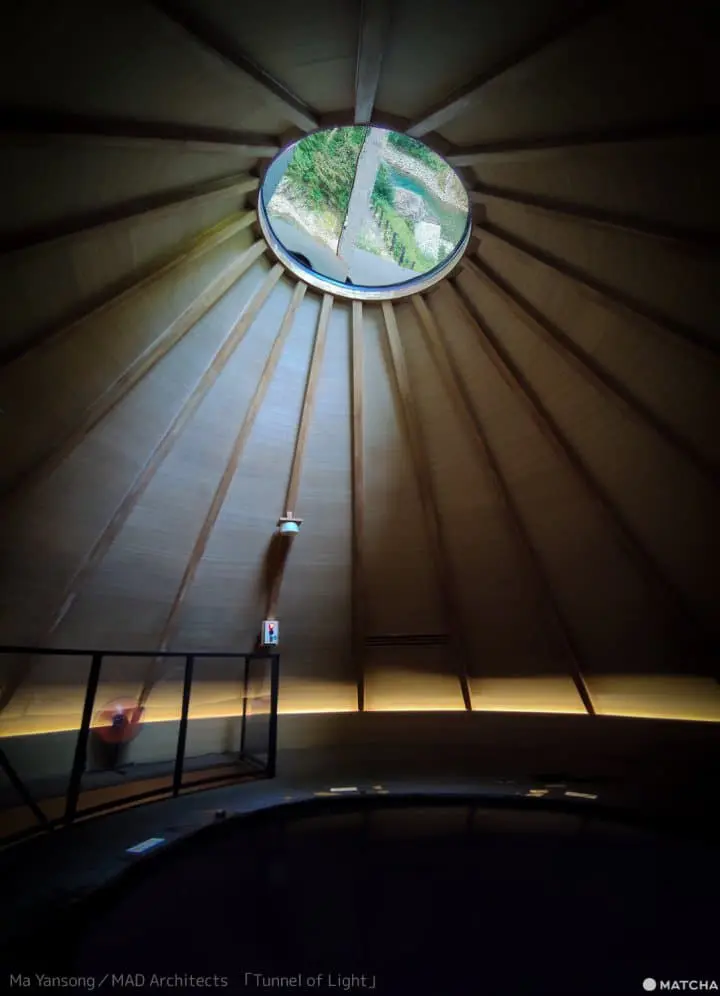
The facility next to the tunnel's entrance has a footbath (ashiyu). If you look up at the ceiling while dipping your feet in the hot spring water, you can see a round mirror that reflects the surroundings below. This is another Yansong Ma exhibit, entitled Periscope.
The cafe on the first floor is also a great place for a rest and a break.
For more details see Enjoy Niigata: Official Travel Guide
Art Exhibits That Captured Our Interest Along the Way
During our travels we encountered many interesting works of art--and now, we'll introduce some of them to you.
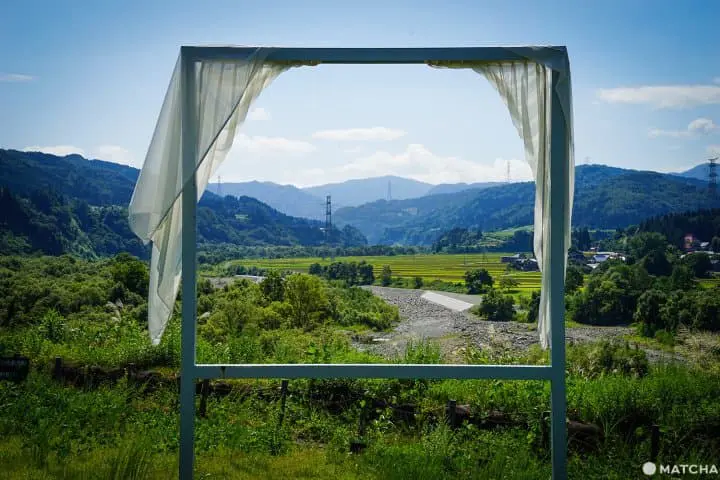
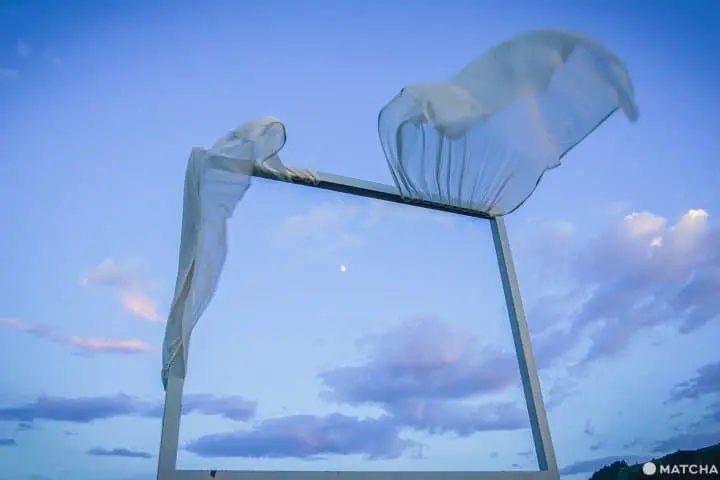
The photo above features For Lots of Lost Windows by Akiko Utsumi.
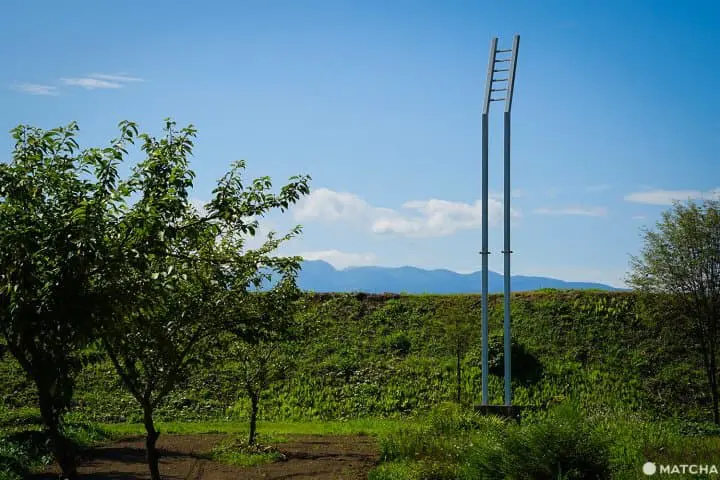
Place to Meet the Distance, an exhibit that carries a message about the invisible world, is also the creation of Akiko Utsumi.
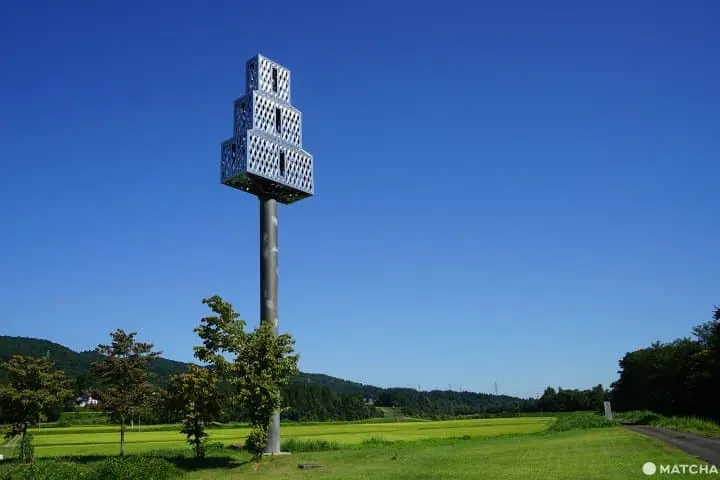
The photo above shows a work of art by Jaume Plensa called House of Birds.
The concept is a connection between heaven and earth, through birds, who symbolize the fragility of nature itself. This artwork was built as a bird house to remind us of the need to protect our natural surroundings.
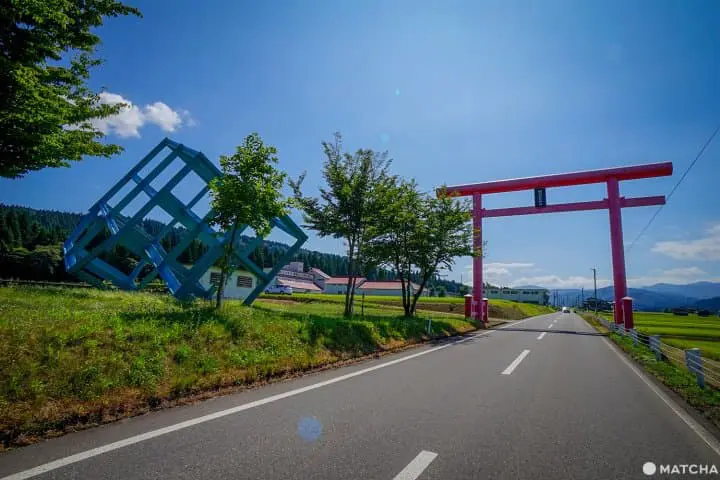
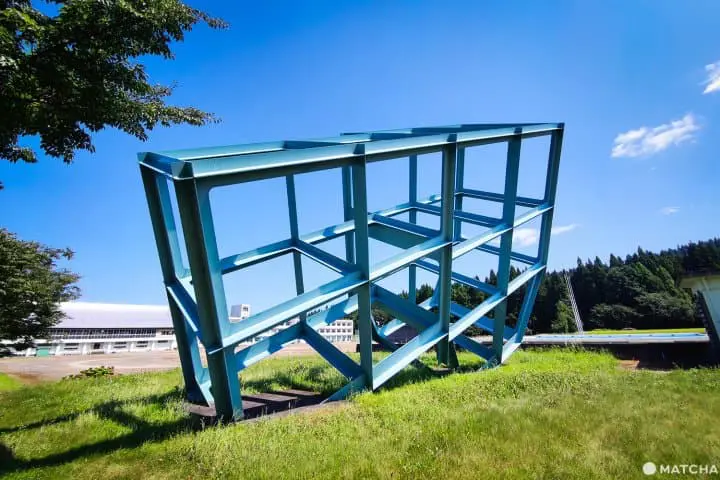
Richard Wilson's work of art above is called Set North for Japan (74°33'2"). The light blue iron frame looks like a house turned upside down.
To create this exhibit, Wilson built a skeletal framework of his London home, reduced it in size, and brought it to Tsumari. He apparently wanted the Tsumari structure to be positioned at the exact same coordinates and angle as where his London home sits on planet earth. As a result, the frame of this Tsumari house had to be turned upside down and leaned to the side.
The exhibit was placed near a torii (a sacred Shinto gate), and the curious contrast between the structures is an eye-catching sight.
Tokamachi City Museum: Let's Learn About Local History
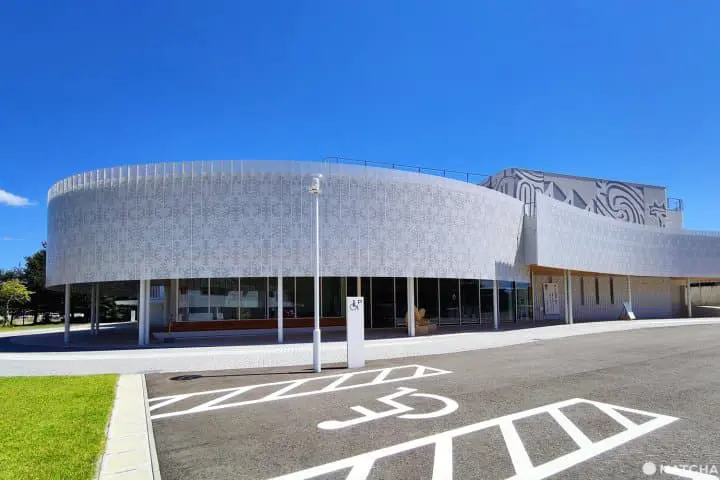
To enjoy all of the exhibits at the Echigo-Tsumari Art Triennale site fully, it's also helpful to learn some history at the Tokamachi City Museum, which explains the kind of town this was and the events that transpired here in the past.
The original museum was relocated here, and opened in June of 2020. Now, it's only about ten minutes on foot from Tokamachi Station.
The facility uses of state-of-the-art technology, including VR (virtual reality), and hands-on, interactive exhibits that visitors can touch.
Admission to permanent exhibits: Adults (high school age and up) 500 yen, Children (junior high school age and under) are free.
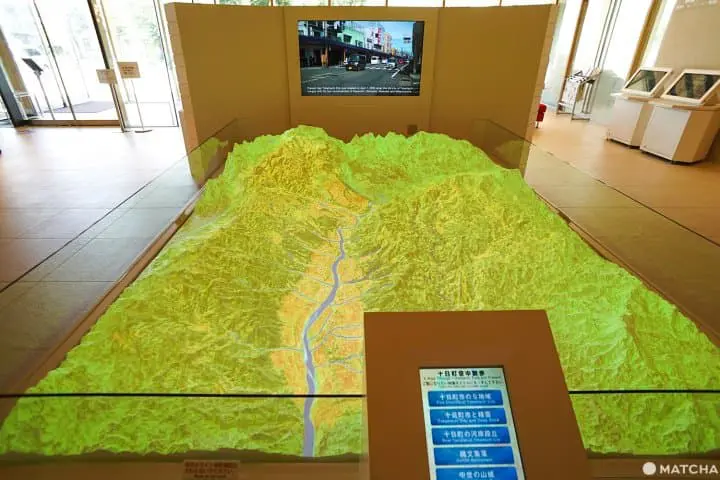
Before entering the exhibit area, you will see a large, topographical model of Tokamachi city.
This is merely one part of a display called Tokamachi Aerial Walk, that helps museum visitors learn about Tokamachi city's climate, natural features, history, and culture through videos and projection mapping.
All of the exhibits and displays have accompanying English explanations.
Next, we head for the exhibit room, which is divided into three different themes. All of the exhibits have written explanations, but renting an audio guide will allow you to listen to the commentary easily. The audio is available in both Japanese and English, and costs 300 yen.
1. Flame-Type Pottery (Jomon Period) - A National Treasure
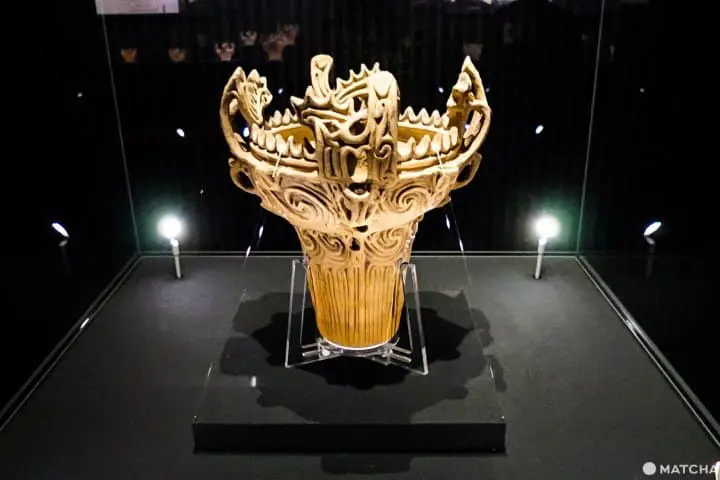
Flame-type earthenware is symbolized by a swirling pattern that looks like flames blazing upwards.
This pottery was made between 3,400 and 2,400 B.C. and many examples have been excavated in the Tokamachi city area, proving that a village was established in the basin of the Shinanogawa River as early as the Jomon period.
Pottery that has been designated a Japanese National Treasure can be viewed in the National Treasure Exhibit Hall.
The art pieces on display are only a fraction of the museum's total collection. For this reason, special exhibits are held regularly so that visitors can see and enjoy a wider variety of pieces.
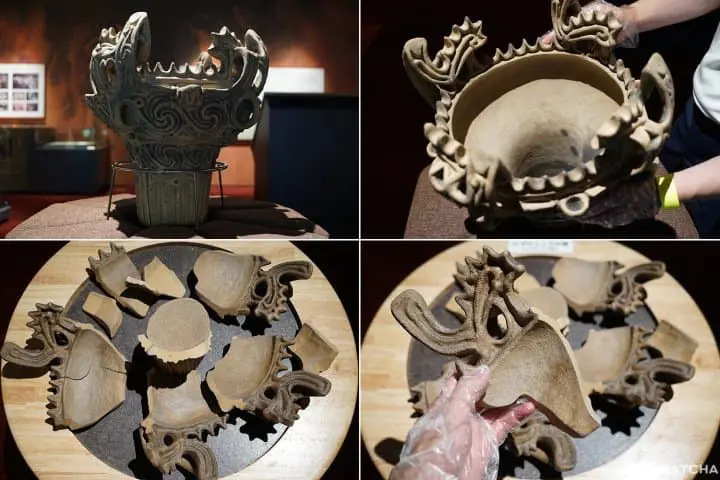
These art pieces aren't just for looking at, but can be touched and handled also.
The upper two photos above show a high definition replica of the actual flame-type pottery, which is precisely the same as the original in terms of its ingredients, size and weight. When I picked it up, it was much heavier than I anticipated.
The lower photos show the pottery disassembled into small, puzzle-like pieces. Each piece contains a magnet, and museum visitors are invited to try to reconstruct the pottery by fitting each piece into place.
This is one exhibit I'd love to own!
2. Textile History
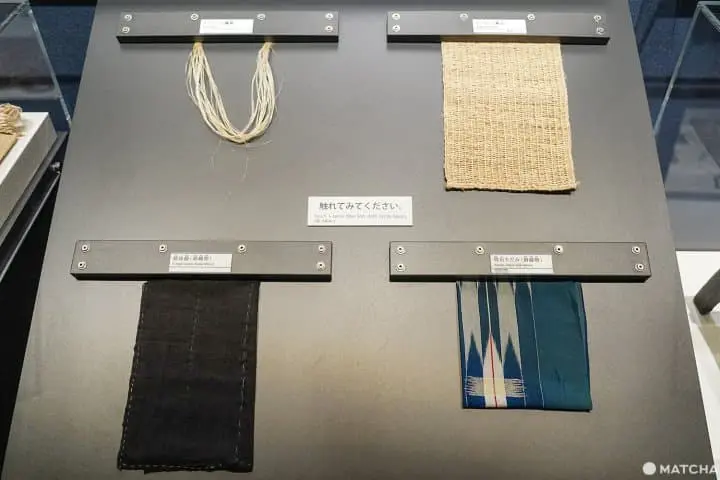
Not far from the museum's current location, a spindle for winding thread was excavated. It is believed to have been used during the period from the 4th century B.C. to the mid-3rd century A.D.
The raw material for woven fabrics progressed from Ramie fiber to hemp fiber (bottom left in photo), and then progressed from linen fabric to high quality silk (bottom right in photo).
With the discovery of silk fabric technology, textiles became beautiful, high quality items; shortly thereafter, silk gained popularity and became one of the region's specialty products.
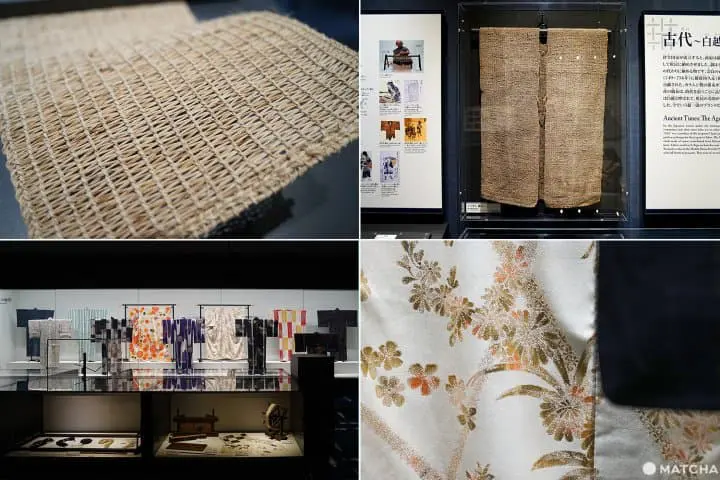
Hemp cloth is strong and highly durable, and it is believed that people in ancient times wore it over their clothing like a vest.
3. Snow and the Shinano River

The third theme puts a spotlight on the daily life of Tokamachi people, who live in the freezing cold and snow during the winter season.
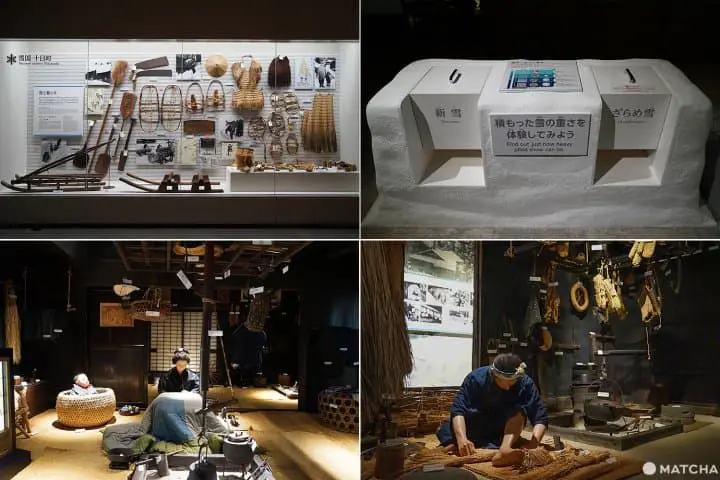
The photo above shows the many items on display, including footwear for walking on the snow, a sled, a saw for cutting blocks of snow, and a straw raincoat for shielding the wearer from falling snow. All of these items are actual artifacts used by people in ancient times.
There's also a spot in the exhibit hall that compares the weight of freshly fallen snow with hard packed snow.
At the very back of the room you will find a 200-year-old kominka (traditional private home) that was moved from its original location and reconstructed here. Looking at this display gives you a good idea of how people used to live in Tokamachi long ago. If you remove your shoes, you can step right inside the house.
Museum Shop - The Place to Find the Perfect Souvenir!
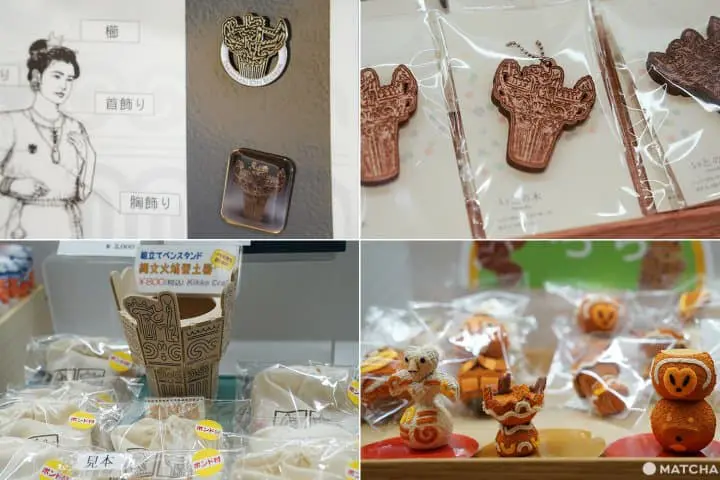
After visiting the exhibit hall, head over to the shop at the museum entrance for a wide variety of souvenirs and commemorative items.
Many of the goods are decorated with flame-type pottery motifs. There are also broaches, keyholders, pen holders, dolls, and postcards.
Kimono Emakikan: Kimono Traditions Passed Down Through the Generations
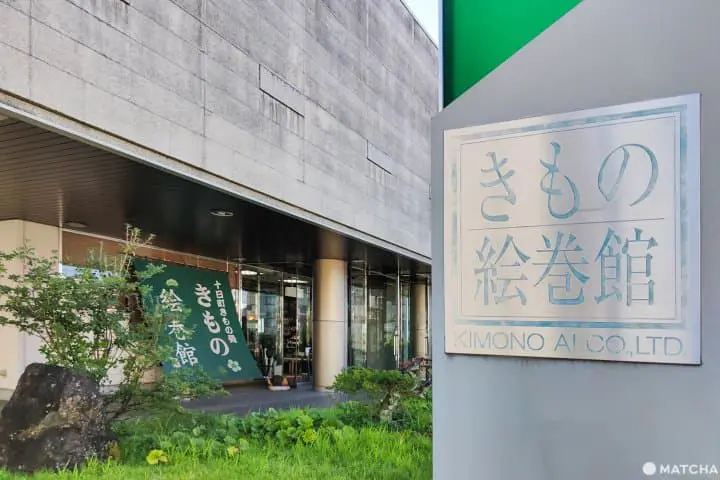
As you saw in the previous section, the art of making textiles and woven fabrics has been passed down in Tokamachi city since ancient times, giving the city its nickname: Kimono Town.
To learn about kimono in more detail, let's pay a visit to Kimono Emakikan.
The shop sells kimono, accessories, and other small items using fabrics printed with Japanese designs and patterns. It's an ideal place for visitors who want to purchase a Japanese-style souvenir, and is only ten minutes on foot from Tokamachi Station.
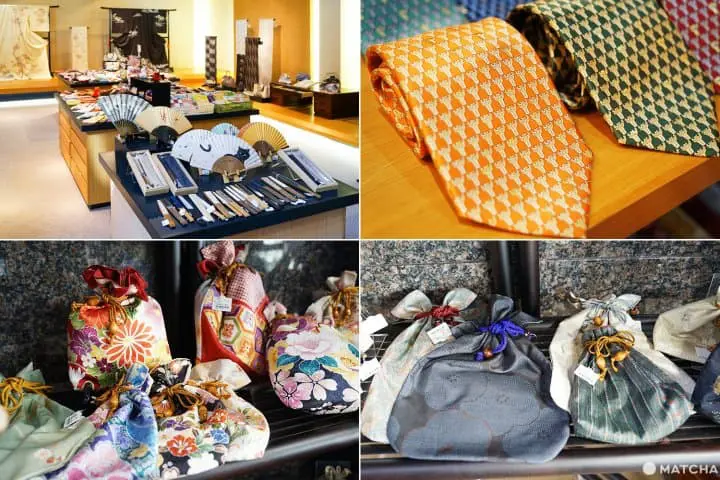
On the first floor the shop sells sensu folding fans, accessory cases, carrying pouches (great for coins and other money) and similar items. If you take a close look at the necktie in the upper right corner of the photo, you'll notice that the pattern consists of flame-type pottery motifs!
The shop's second floor features a large selection of different kimono that can be worn on a variety of occasions.
Make a Reservation and Join a Factory Tour
Kimono Emakikan has a factory where fabrics are woven and dyed. People interested in a factory tour should make a reservation (Japanese) online. Tours are conducted in Japanese only.
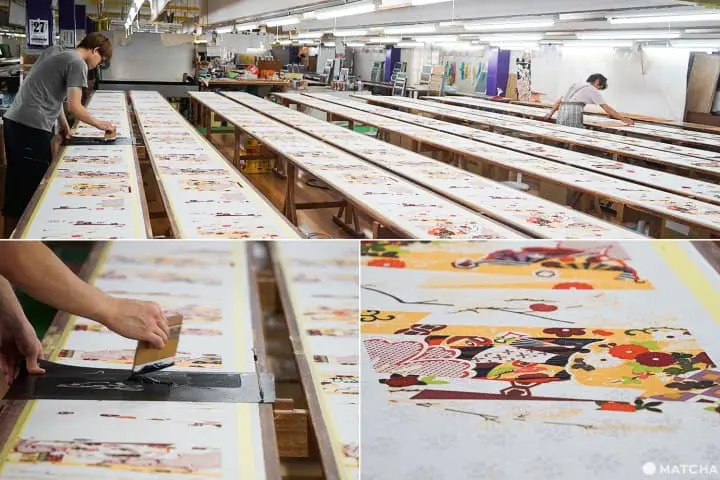
The first room that we visited was the Yuzen studio. Here, fabrics are dyed with Yuzen patterns, characterized by elaborate designs and bright, vivid colors.
There are two different dyeing methods. Tegaki-yuzen, or hand dyeing (painting), involves careful application of one color at a time, using a brush. The resulting fabric is a highly valued and expensive luxury item.
The other method is kata-yuzen, or stencil dyeing. A stencil with a cut-out pattern is placed over the part of the fabric to be colored. Color is applied from above, through the openings in the stencil. This technique makes it possible to dye a large amount of fabric in a reasonable amount of time. However, each color does require a separate stencil. In fact, completing the dyeing process for just one piece of fabric can apparently require as many as 300 different stencils.
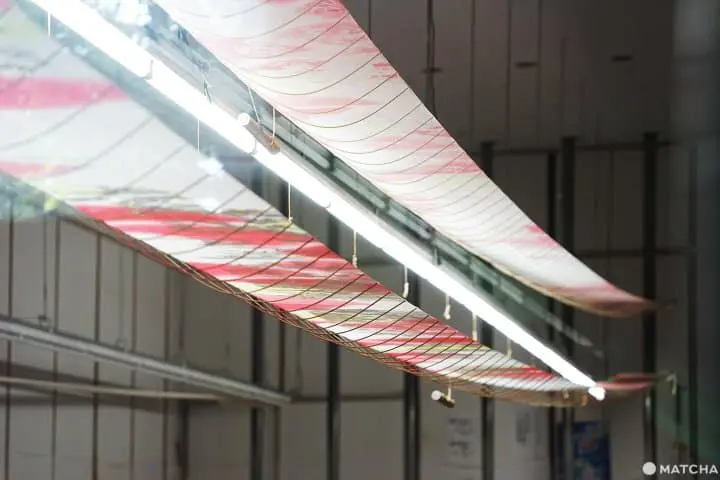
After the colors have been applied, the fabric undergoes a process called noribuse, in which the entire pattern is covered with rice glue before being dyed again.
Then, in the hiki-zome studio, this process is followed up with another step, in which the fabric is dyed with a brush.
The fabric is then stretched and straightened to align its length and width, and to prevent wrinkles and creases. If this step isn't done, colors from the top of the fabric will seep down into other parts of the cloth.
The temperature and humidity in the room is monitored strictly, to prevent the vibrant colors from fading.
After the fabric is dry, it's steamed to help set the colors in the cloth. Finally, the cloth is washed to remove the glue and any excess dye, and the beautiful yuzen-dyed fabric is complete.
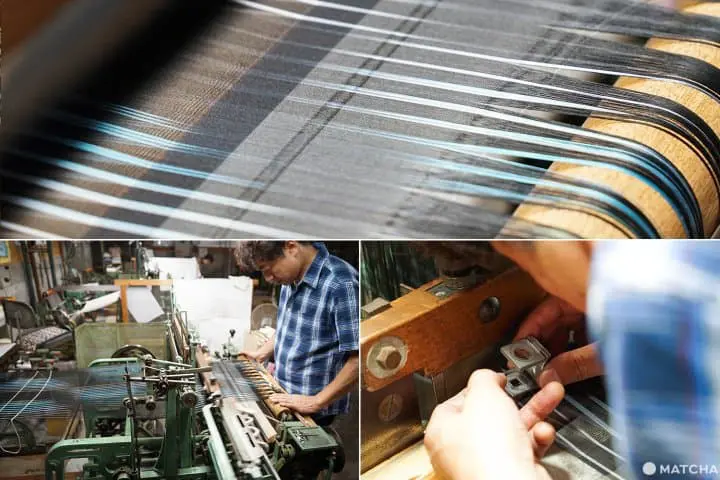
When we entered the weaving studio we could hear the sound of the loom's steady rhythm.
Here, hundreds of strands of thread are woven together in a process known as Akashi Chijimi, another of Tokamachi's traditional crafts.
This thin, breathable material is used for making summer kimonos. The silk thread is so incredibly thin that when the finished product undergoes its final inspection, a magnifying glass is needed to ensure perfection.
Join a Sasa Dango-Making Workshop
One of Niigata's famous products is sasa dango, a form of traditional Japanese confectionery that originated hundreds of years ago, during the Edo period. Green mochi dango, made from pounded rice, are filled with bean paste (anko) and wrapped in bamboo leaves (sasa).
You can make a reservation for this workshop through HOME away from HOME Niigata, a company that introduces visitors to activities in the local region, including making traditional hand woven accessories, cooking local Niigata cuisine, and even staying overnight in an old minka home.
Sasa Dango Workshop Entrance fee: 3,000 yen per person. (Activity requires a minimum of two or more participants.)

After gathering at the local station, participants head to the cooking studio where everything is organized and ready to go.**
The green powder in the upper left corner of the photo is ground yomogi (*2). It has a characteristic fragrance and is often used in wagashi sweets. The bamboo leaves are said to have antibacterial properties, so the sweets will stay fresh longer wrapped inside them.
**The location of the activity sometimes changes, depending on the day.
*2 yomogi: a plant variety belonging to the mugwort family. Used as a food ingredient, primarily in Japanese traditional confectionery, it gives sweets a gentle aroma and distinct green color.

On this occasion I joined the workshop just as the flour was being mixed.
Mochi rice flour, regular rice flour, and yomogi powder are mixed together, water is added, and the mixture is kneaded into a dough. Then, the dough is shaped into little balls, equal in number to the balls of anko.
After pressing the dough ball into a round, flat shape, a ball of anko is placed on top and the dough wrapped around the anko, surrounding it completely until the entire dango has an oval shape.
The dango are then placed on bamboo leaves, wrapped up, and secured at both ends with string. Finally, the dango steam for about 20 minutes.

The finished product is a fragrant sasa dango that's perfect a snack. Stored in the fridge, they will stay fresh for up to one week.
You can get more details and make a reservation on the official homepage for HOME away from HOME Niigata.
Accommodations in Tokamachi City
Today, we'll introduce two lodging options that embody the spirit of Tokamachi's elegant, refined kominka homes. Lovers of traditional Japanese-style houses will definitely emjoy a stay at these special places!
Tokamachi Fureai no Yado-Koryukan
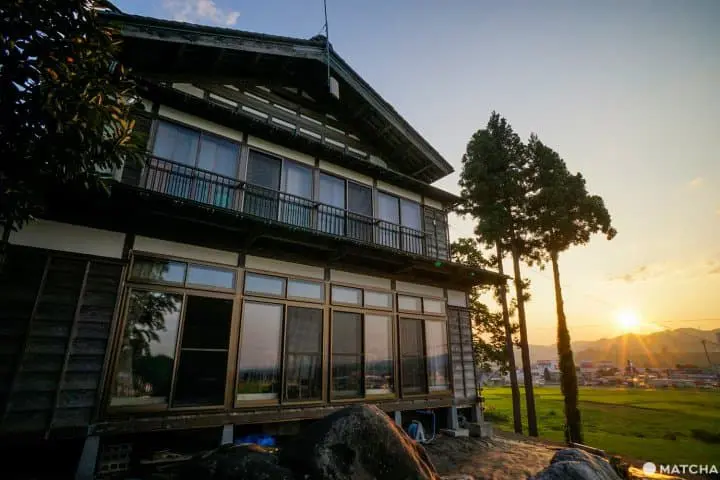
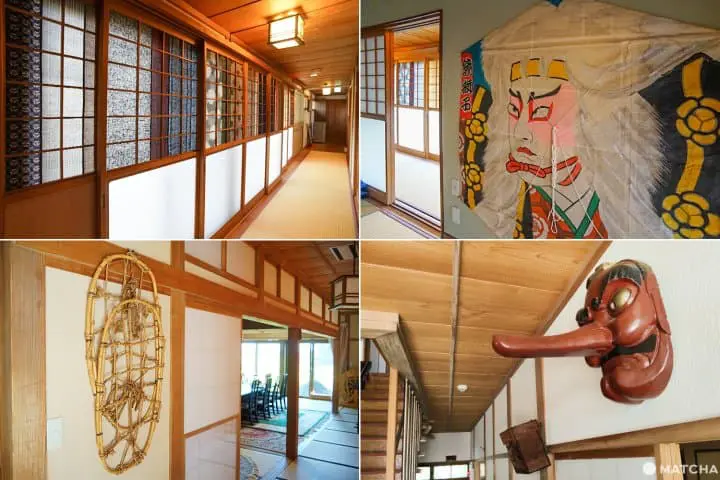
Tokamachi Fureai no Yado-Koryukan is a large lodging that sits atop a stone wall about seven minutes on foot from Tokamachi Station.
Originally a 40-year-old kominka house featuring traditional Japanese architecture, the building was renovated into its present form when it became a guesthouse. The interior is decorated with traditional crafts and retains the feel of its early days.

The toilet and bath are shared. Generally, when many people are staying here, guests are asked to make a reservation for the bath by writing their names and requested times on a whiteboard. This time I was the only guest, so I was able to enjoy a relaxing bath with no reservation needed.
Of note, the first floor of the lodging is barrier-free. Where there are stairs, a slope for wheelchairs has been built, and the toilet and bath areas are very spacious.

Guest rooms are on the first and second floors, and the guesthouse has rooms with either Western beds or Japanese futon. I slept in a first-floor room with a bed, and the room was also equipped with a fridge, a wide veranda, and a chair.
Though dinner service isn't available here, Ohashi-san (the landlady) told me about a good restaurant within walking distance.
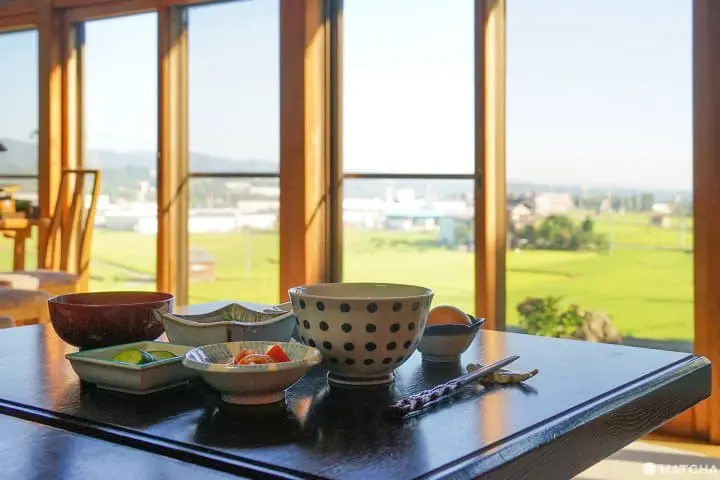
The next morning I woke to a tantalizing aroma coming from the kitchen, where Ohashi-san was busy preparing breakfast. The scenery of the lush green rice paddies made me feel refreshed as I ate my morning meal.
In the winter, the view transforms, giving guests a window on a sparkling, snowy world.

Breakfast was Japanese-style and featured fresh, locally grown ingredients.
Ohashi-san lovingly prepared fresh fish, a vegetable side dish, miso soup, and koshihikari rice with a raw egg. When eating the egg, drizzle a little soy sauce on top and eat it tamago kake gohan-style by mixing the raw egg with the hot rice.
If you've never tried tamago kake gohan, please do! The raw egg is very pleasant--but for those who cannot eat eggs raw, it's also possible to order your egg cooked sunny-side up.
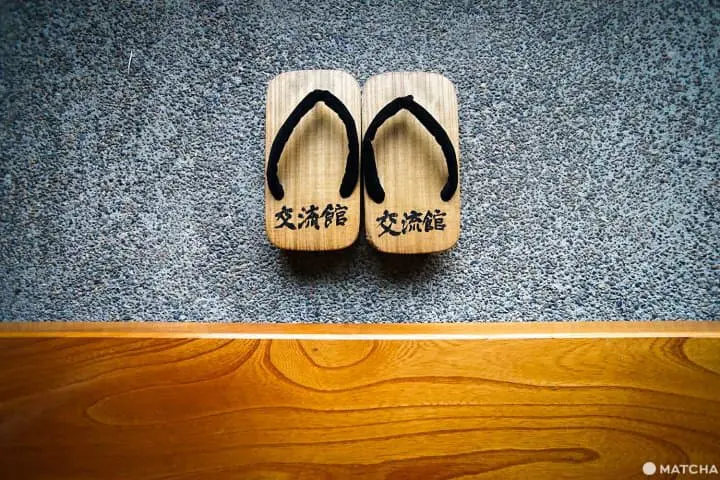
The accommodation fee is 8,000 yen per night, and you can reserve your room on airbnb (Japanese) online. You can also follow the lodging on instagram at @kouryukan instagram (Japanese).
Noka Minshuku Sanzen (Farm Stay)
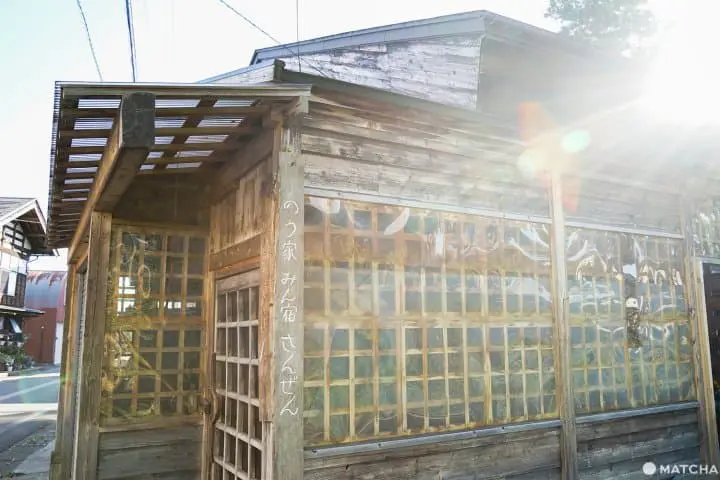
Noka Minshuku Sanzen is a wooden kominka house in the middle of a rice field. To get here, hop aboard the Iiyama Line at Tokamachi Station, ride three stops to Echigo-Tazawa Station, and then get off the train--the lodging is about a six minute walk from the station exit.
The proprietors of this 160-year-old kominka home give visitors the opportunity to experience a traditional farm stay.
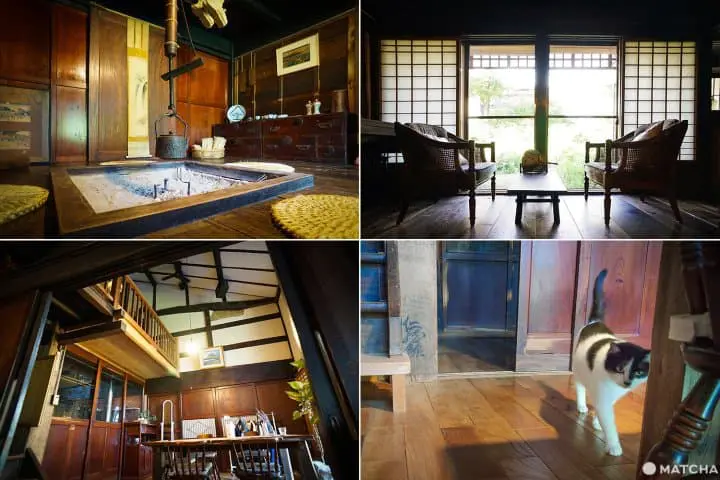
In the spacious dining area, an open ceiling extends up to the second floor.
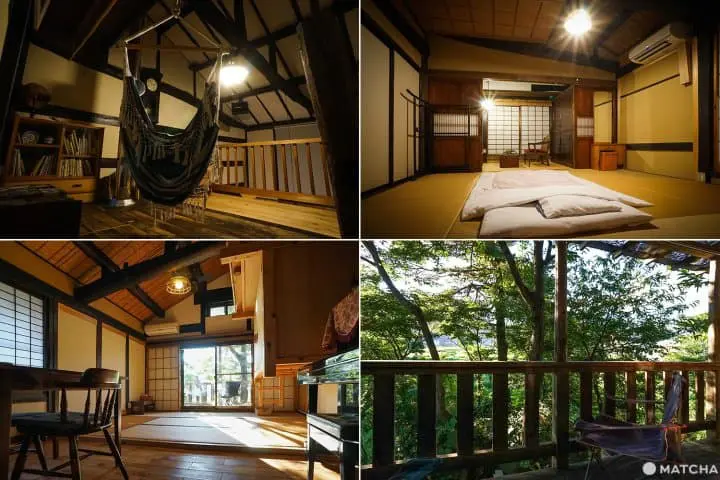
The second floor loft, in front of the guest rooms, has a living area and a cute hammock.
The property has two guest rooms; the one I stayed in faces out the front of the minshuku (a term for a traditional Japanese-style "B&B" or family inn), and the other has a balcony that gets beautiful morning sun.
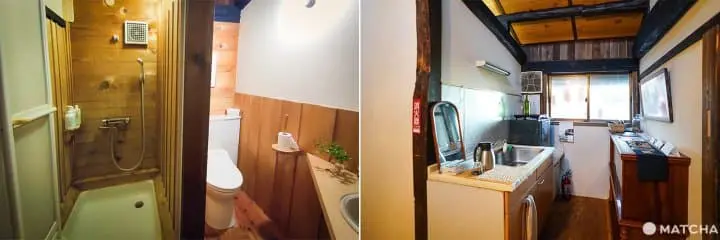
The two guest rooms are separated by a shower (stocked with complimentary shampoo and body soap), a bathroom with toilet and sink, and a small sitting room where guests can relax.
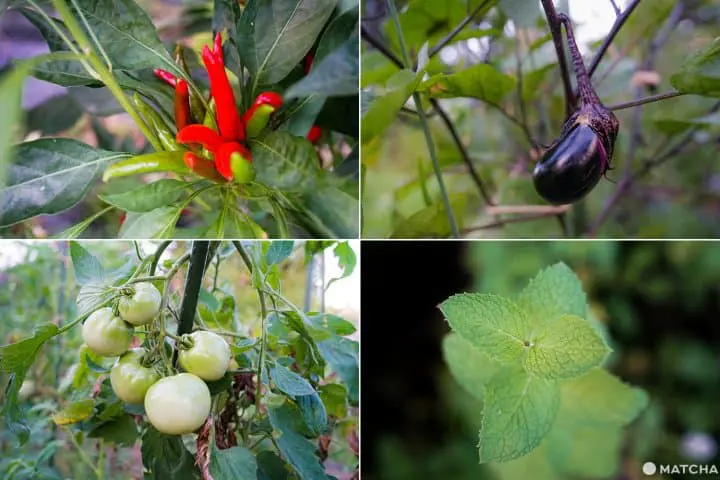
After a short rest break with a cup of tea, owner Hirota-san showed me around the garden that surrounds the house. The huge variety of different plants and vegetables—too numerous to count—included chili plants, eggplants, tomatoes, edamame (young soybeans), basil, and mint. In fact, the welcome tea I had just finished drinking was made with herbs from this very garden.
Visitors can enjoy a variety of hands-on farm experiences that change with the season, from harvesting rice to picking vegetables.
When making your reservation, be sure to inquire about which fun activities you'll able to join that day. (Farm activities involve an additional fee.)
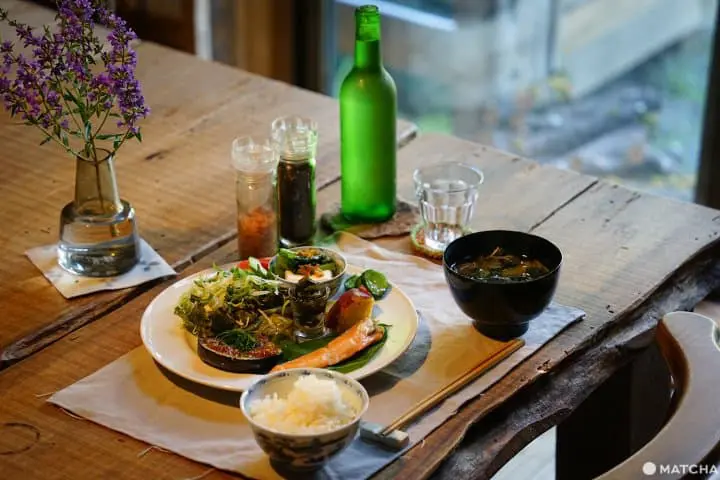
Dinner is not served here, but guests can go out for a meal or bring take-out back to eat in the guest room. Breakfast is available for 500 yen (reservations required).
Most of the vegetables served at breakfast are grown by the owners, so they're guaranteed to be fresh. Your morning meal comes with fish and rice, as well as piping hot miso soup.
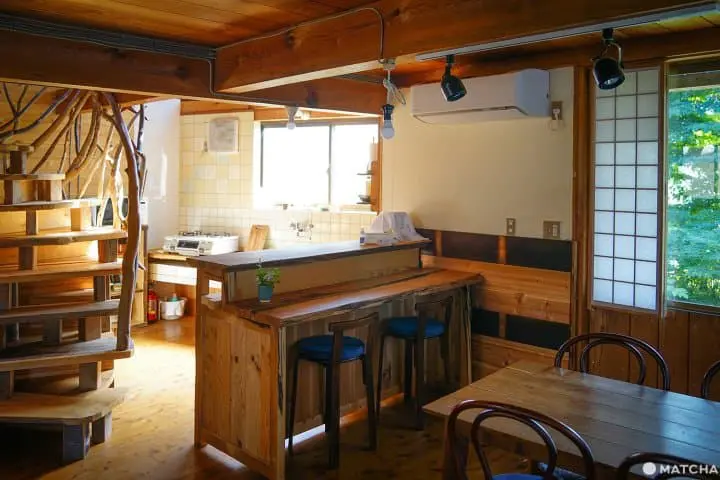
After breakfast, Hirota-san showed me the annex, located next door. This private space comes complete with kitchen that makes it ideal for families and groups. Guests can stay for the night or rent the annex for longer periods, too.
For more details please see the official homepage.
Souvenir Hunting Back at Echigo-Yuzawa Station

A "ganki" is a special awning placed in front of homes to protect the sidewalks from heavy snowfall. They are a common sight in Niigata Prefecture, and this shopping mall has even built them in front of the stores, making visitors feel as though they're taking a leisurely stroll around a town.
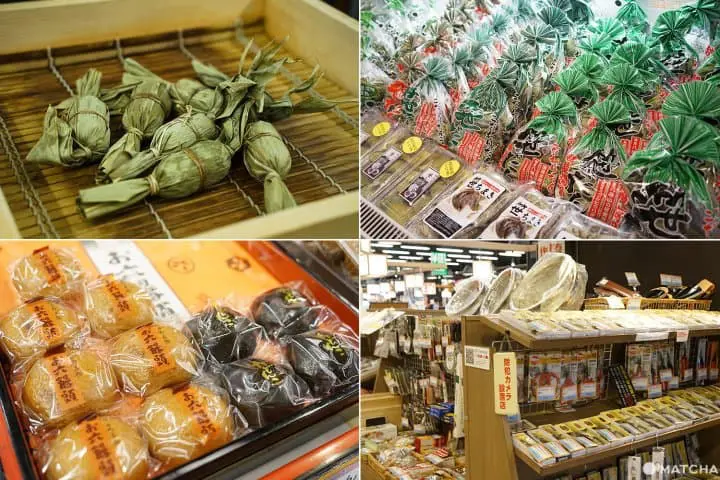
The chuo ichiba, or central market, takes center stage, and offers everything vistors need, including sasa dango (both freshly steamed and the refrigerated type), manju (*3), accessories with Niigata motifs, and hardware items made in Tsubamesanjo. It's an ideal place for souvenir hunting!
*3 manju: a Japanese-style bun filled with anko (red-bean paste) and baked.
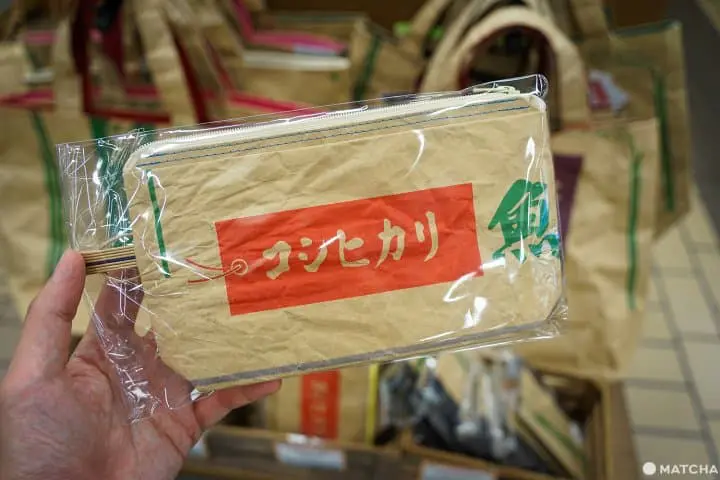
My favorite item was a product made from the part of a rice sack with the koshihikari (Niigata's brand-name rice) logo on it in Japanese. The rice sack was used as the pattern for the pouch design!
Ponshukan - Echigo-Yuzawa Location
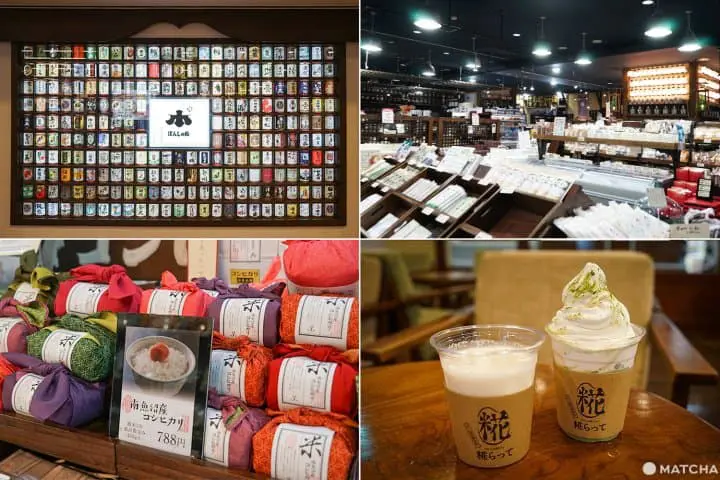
In addition, there's a shop called Ponshukan which stocks carefully selected, locally brewed sake from all over Niigata, and a cafe (Kojiratte) that uses a fermentation starter called koji. We also recommend both as places to take a break.
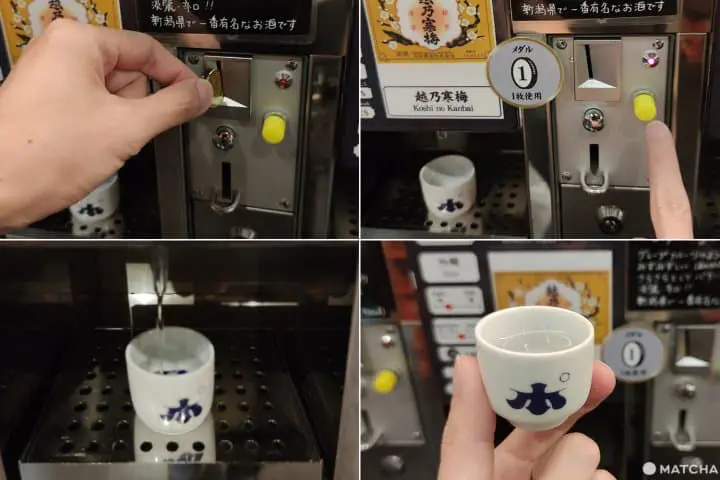
For sake lovers, we also recommend the Japanese sake taste-testing experience, near Ponshukan's entrance. The inside of the shop stocks more than 100 different kinds of Japanese sake, from all corners of Niigata prefecture.
For 500 yen, you can receive a small sake cup and five metal coins. First, place your cup under the spout of the machine that offers your preferred sake. Next, insert the required number of metal tokens, press the yellow button, and sake will fill your cup. It's so delicious, but please be careful not to drink too much!
For more details see Enjoy Niigata: Official Travel Guide
A Trip Featuring 4 Distinct Cultures In 4 Niigata Cities
This Niigata adventure included not only breathtaking scenery, but many hands-on activities and exhibits I was able (and encouraged) to handle, touch, and use.
I made my own bronze tumbler and tasty sasa dango sweets, stayed at a ryokan and a kominka, and enjoyed some unusual and beautiful art.
On your next visit to Niigata, please take the opportunity to experience many different facets of Japan—from traditional culture to state-of-the-art technology!
In cooperation with Niigata Prefectural Tourism - International Affairs and Promotion Division, Tsubamesanjo Regional Products Center, Tsubame Industrial Materials Museum, Gyokusendo, Yahiko Village Hall - Department of Tourism and Commerce,Yahiko Shrine, Yahiko-yama Ropeway, Inn of Four Seasons-Minoya, Ojiya City Nishikigoi no Sato, Echigo-Tsumari Satoyama Museum of Contemporary Art, KINARE, Matsudai Nobutai Center, Tokamachi City Museum, HOME away from HOME niigata, Kimono Emakikan (The House of Kimono and Japanese Beauty), Kiyotsukyo Gorge Tunnel Offices, Hachi & Seizo Tashima Museum of Picture Book Art, Tokamachi Fureai no Yado Koryukan, Noka Minshuku Sanzen, JR East Niigata City Create Inc. (JENIC), Ponshukan - Echigo Yuzawa



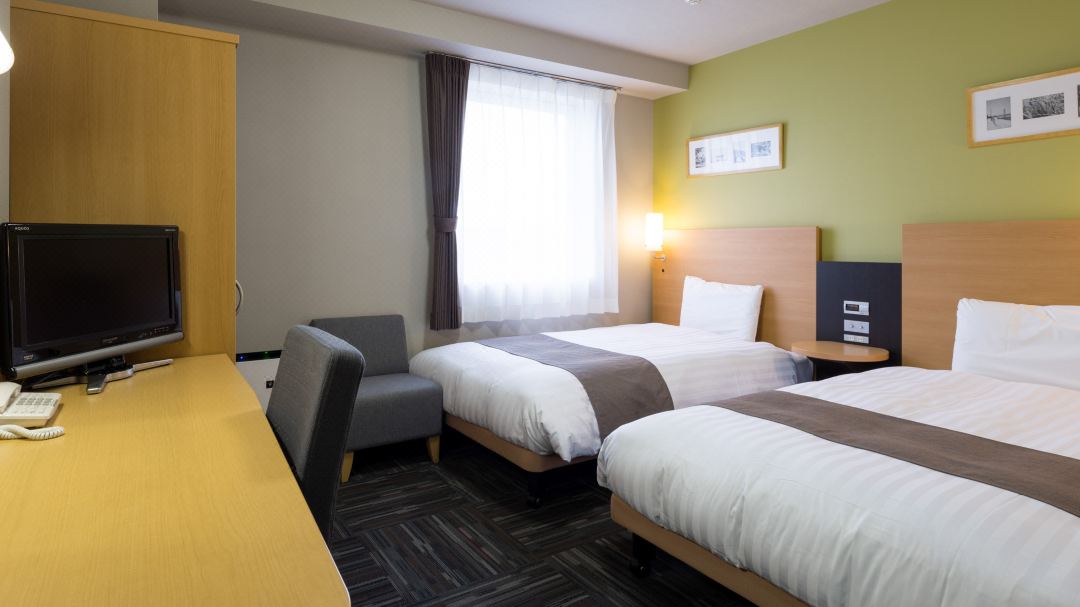

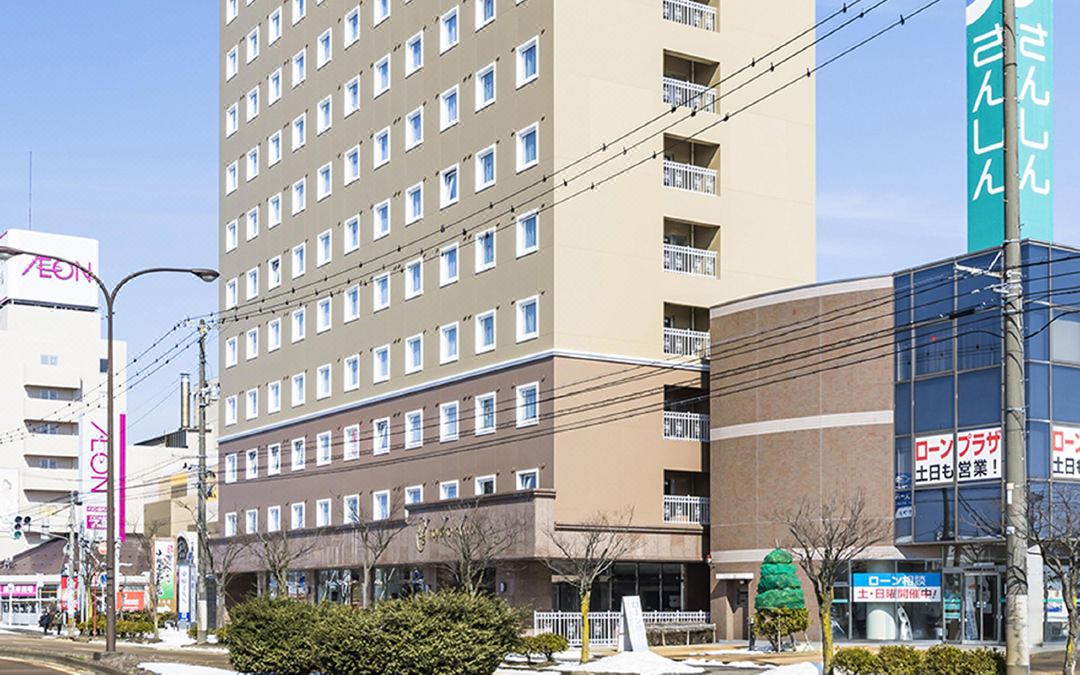
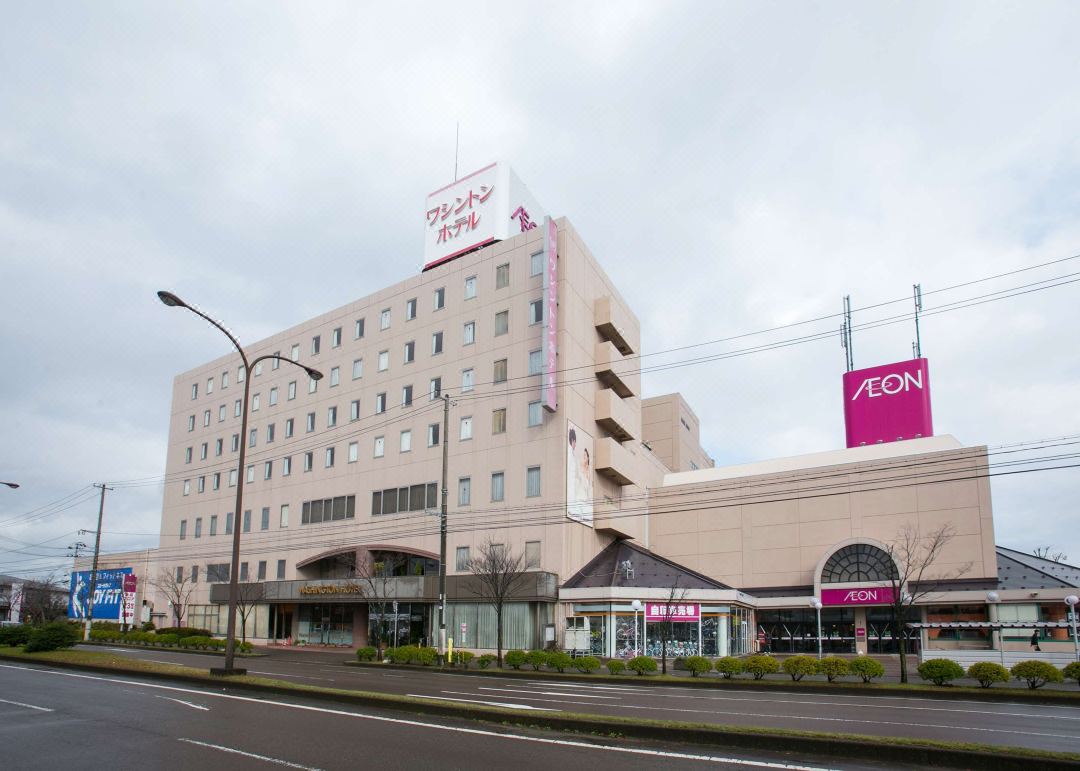

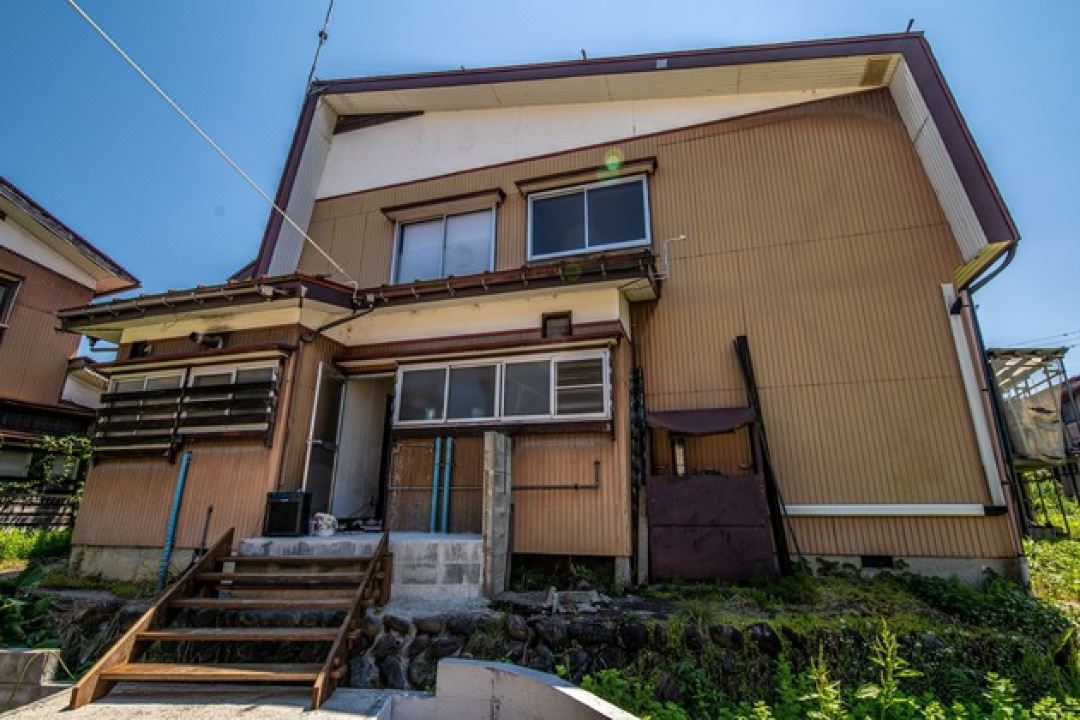
![[D053] Matsudai Snow Country Agricultural Culture Village Center...](https://place.matcha-jp.com/resize/200x2000/2025/08/08-10-15-51-3200add48eab83a3fd72c0080206e1d34a71.webp)






















